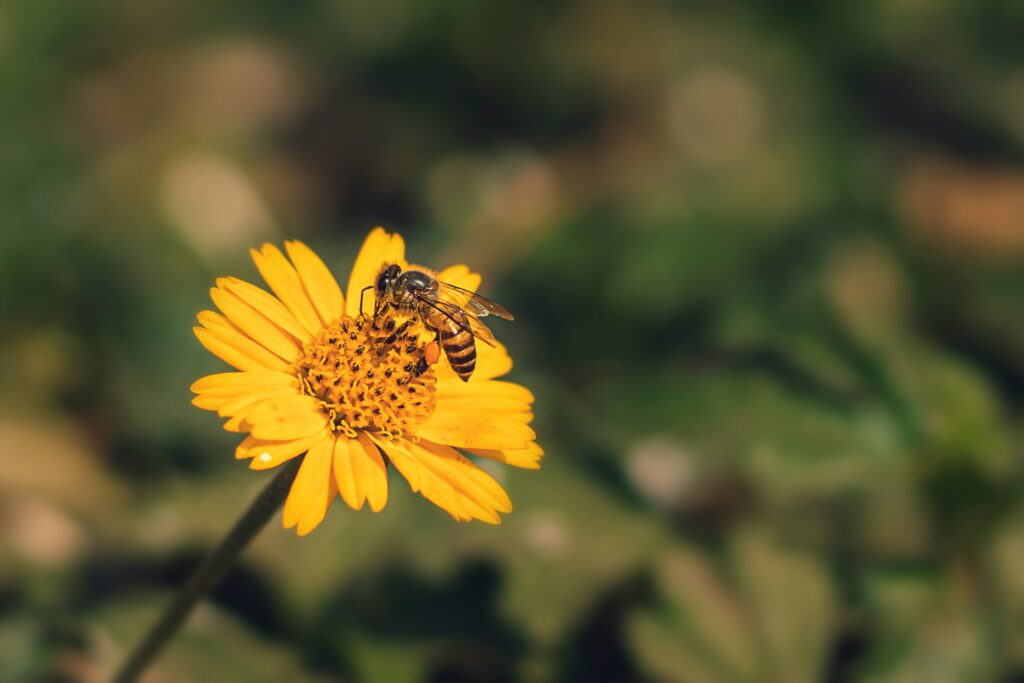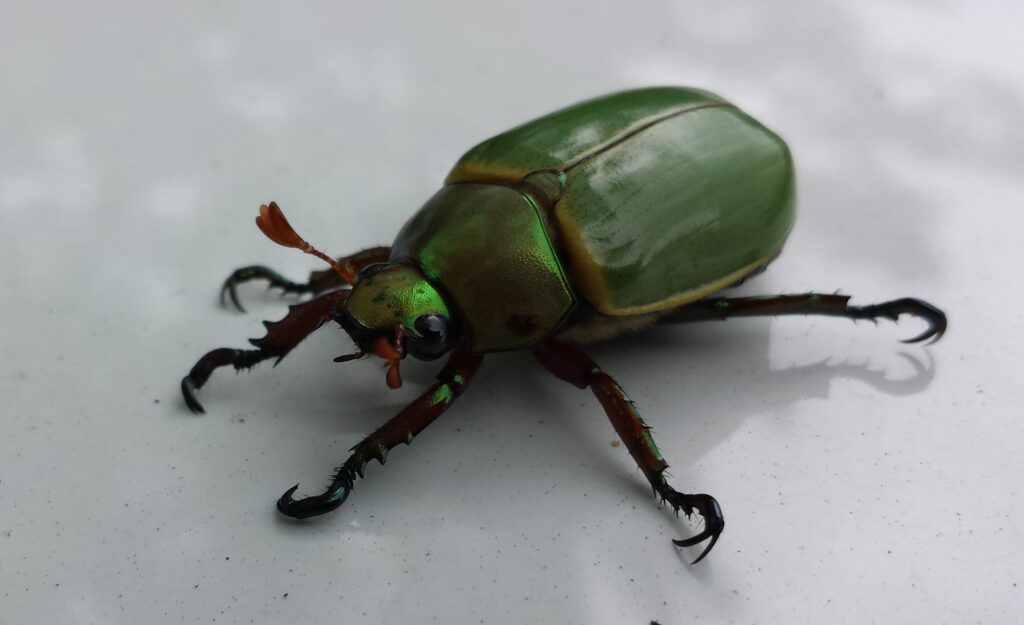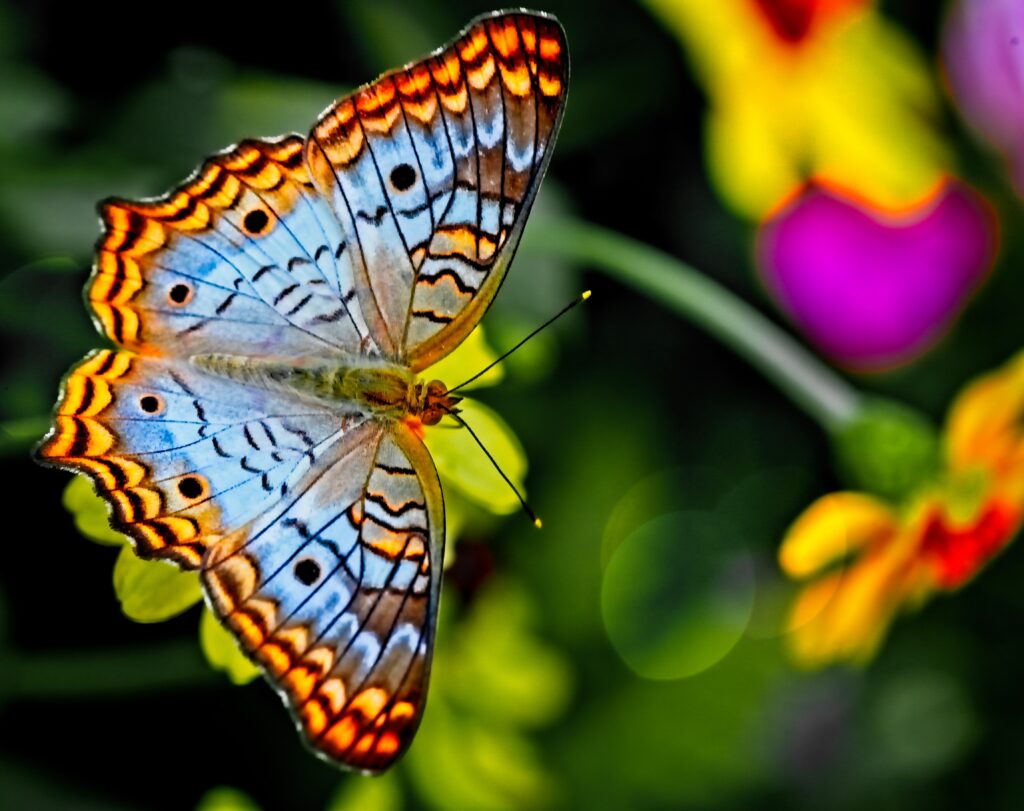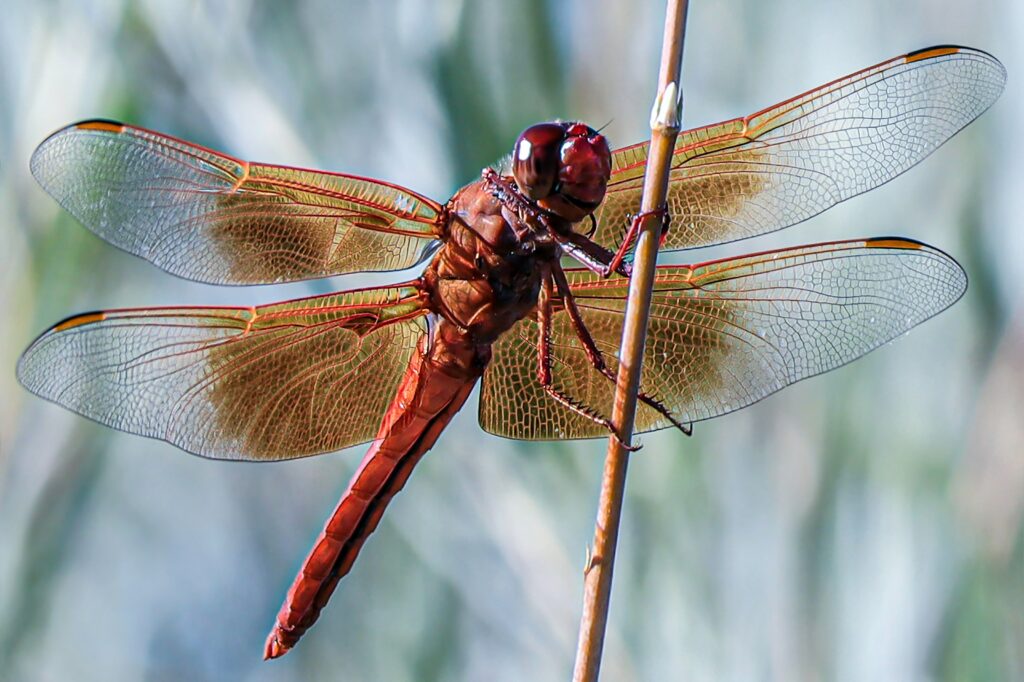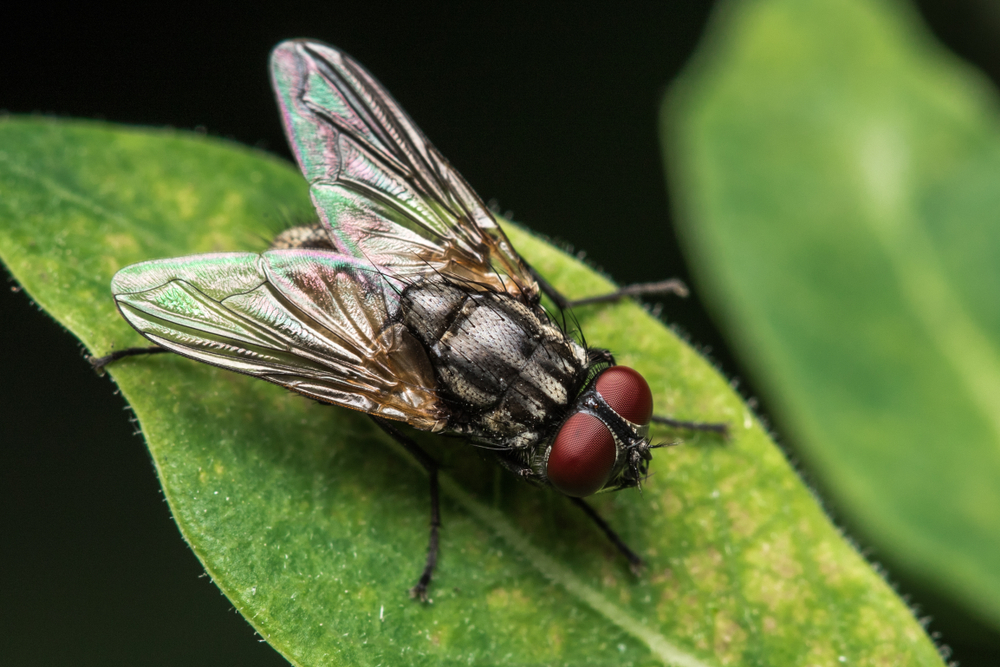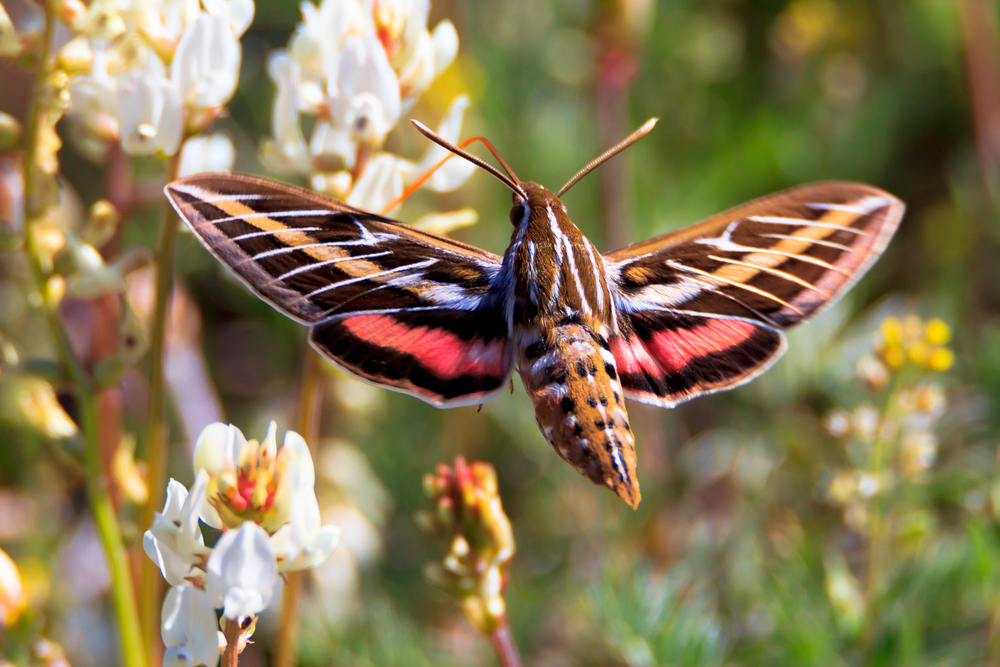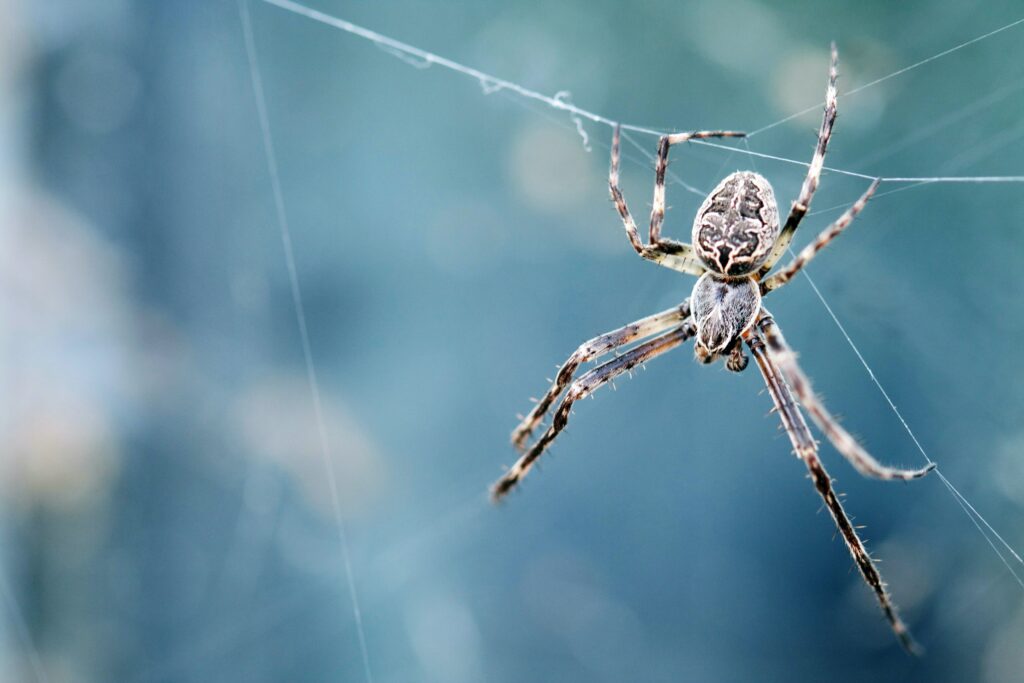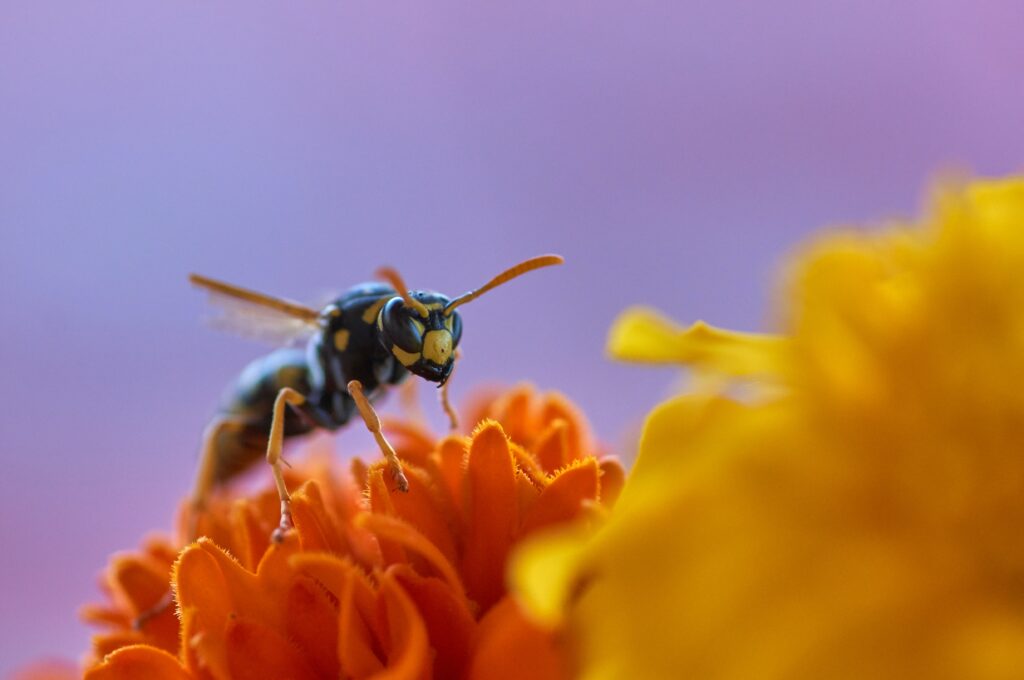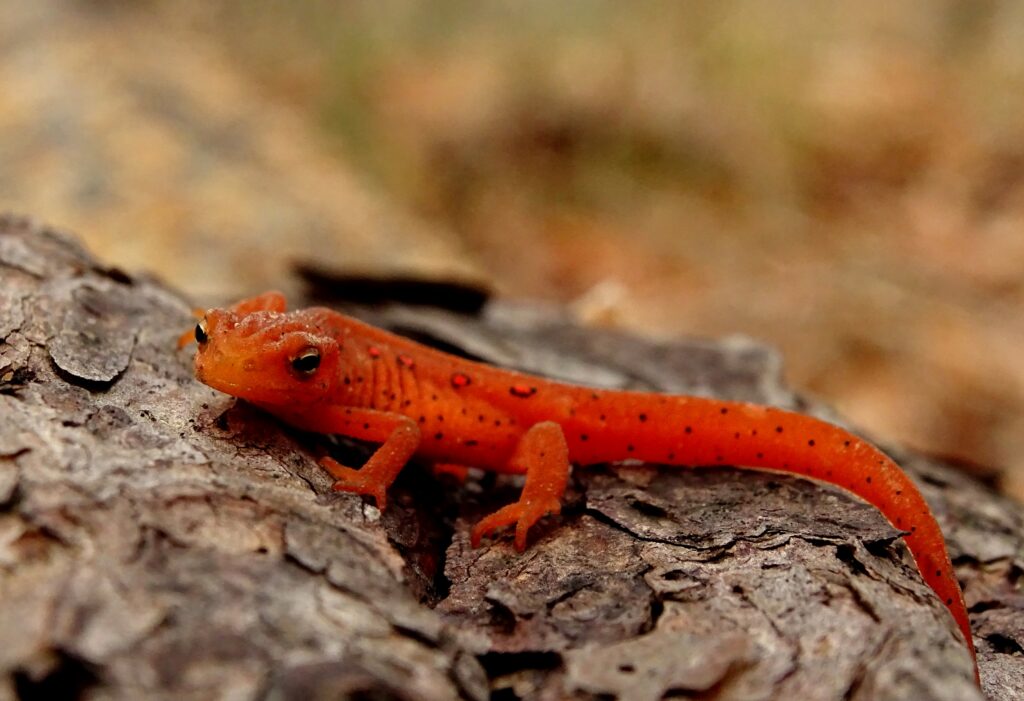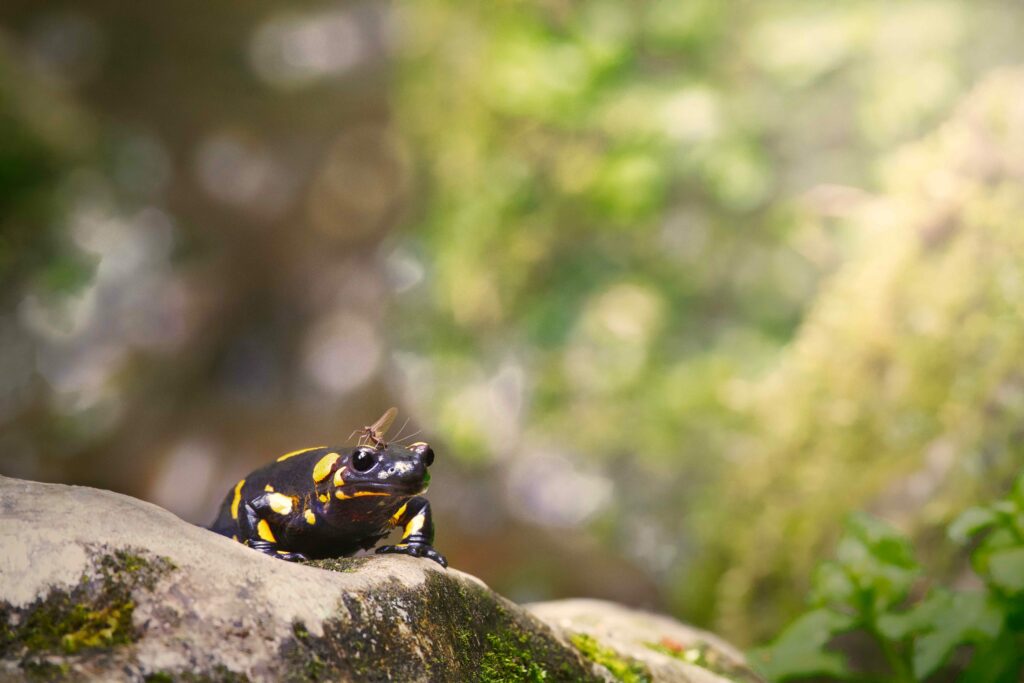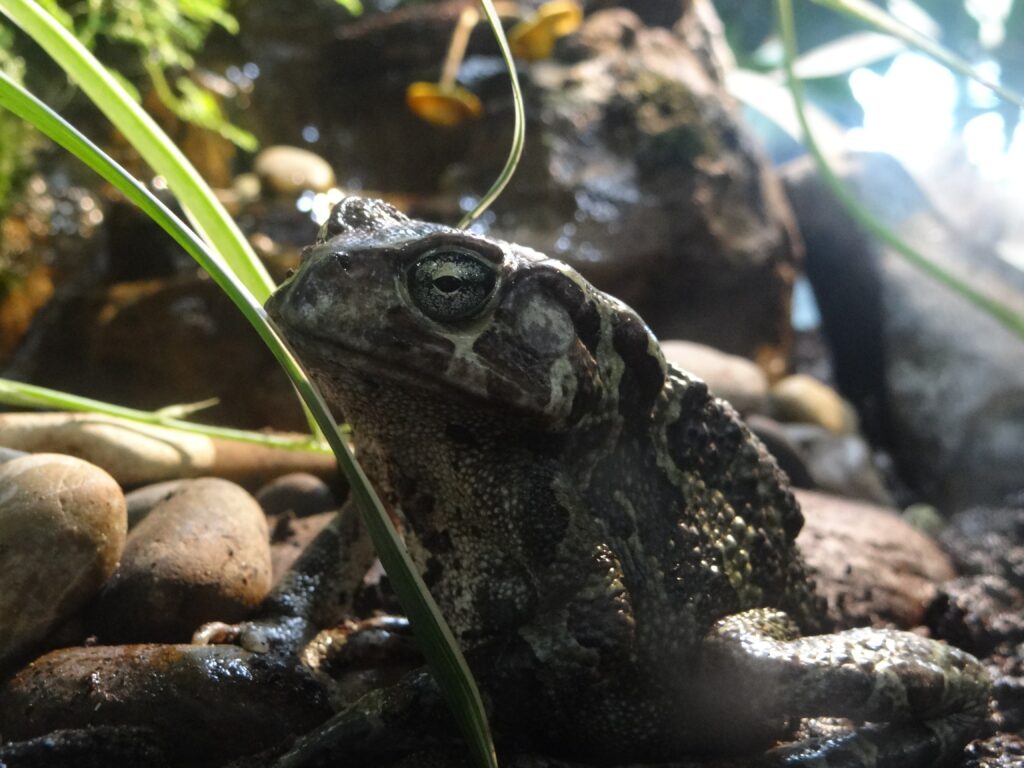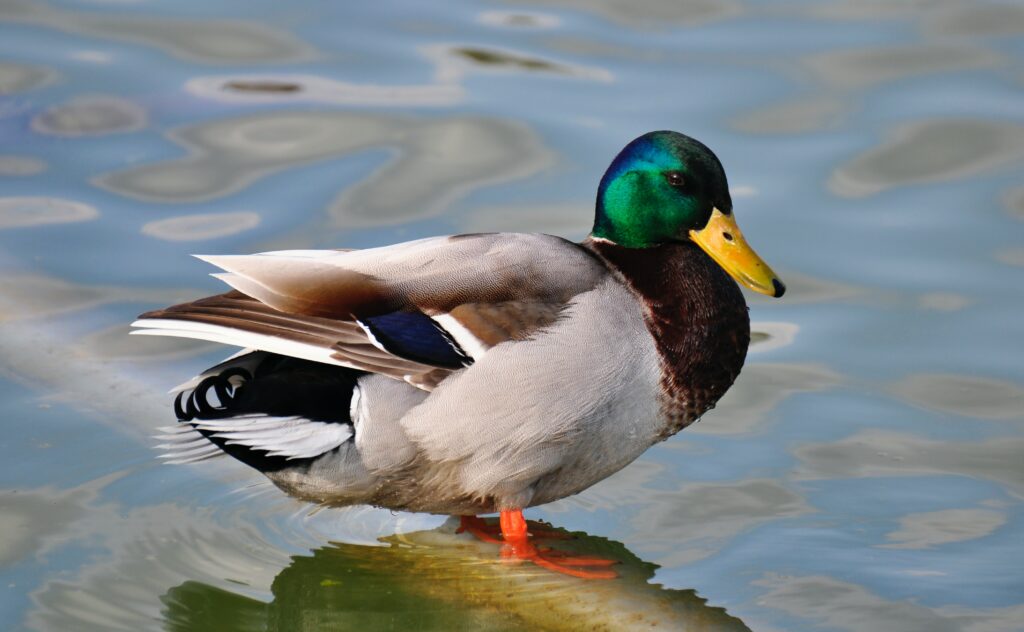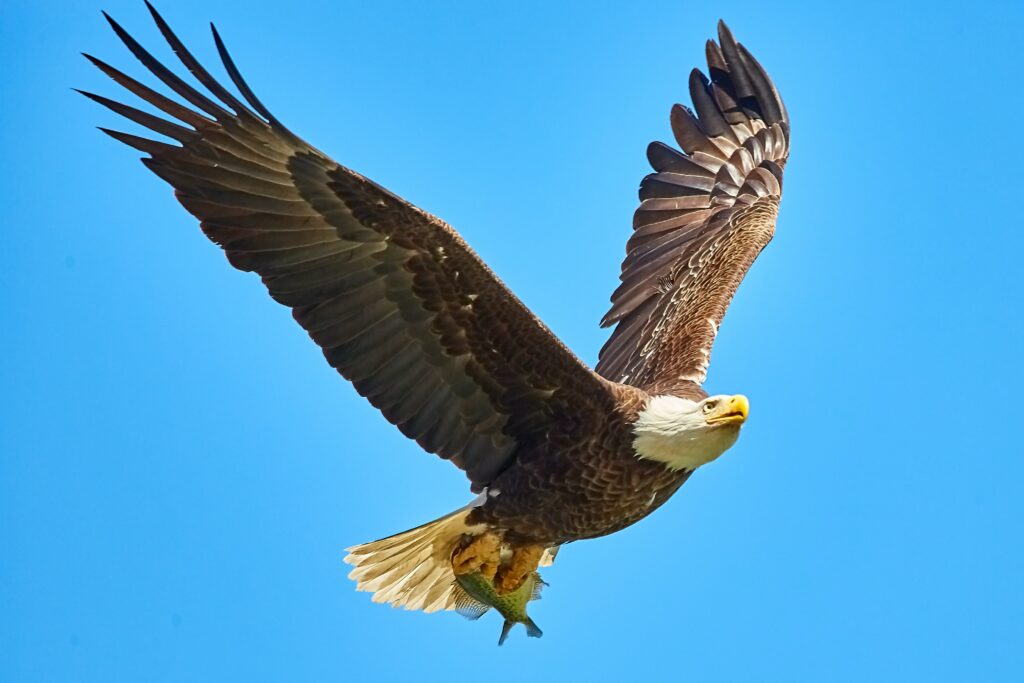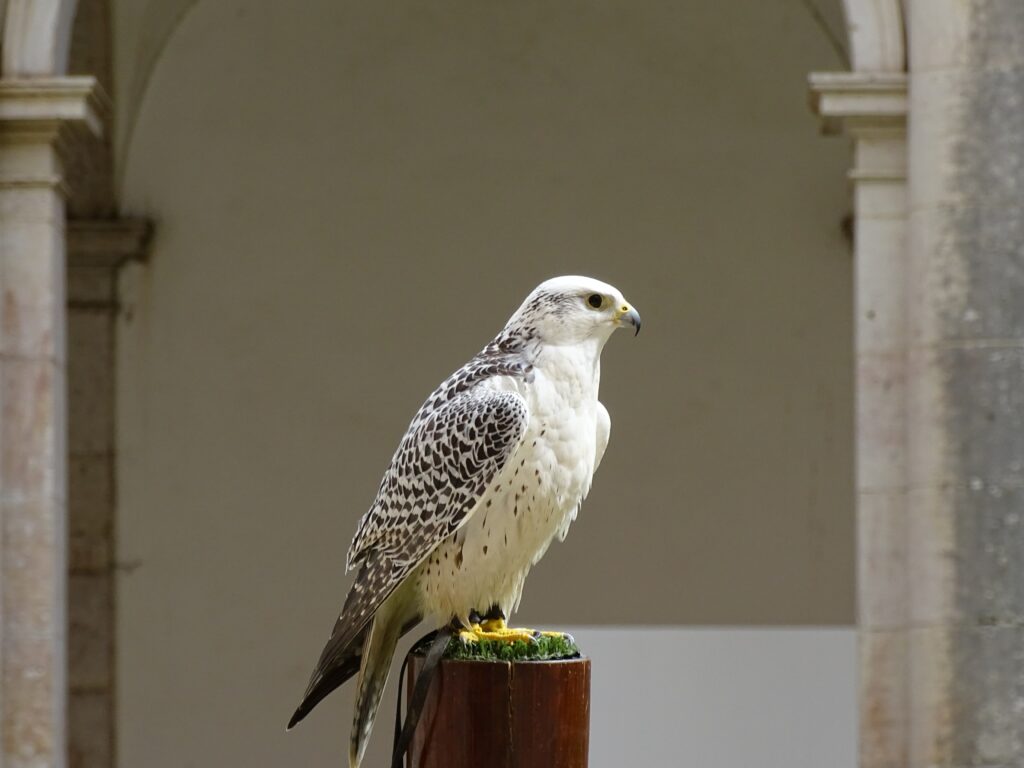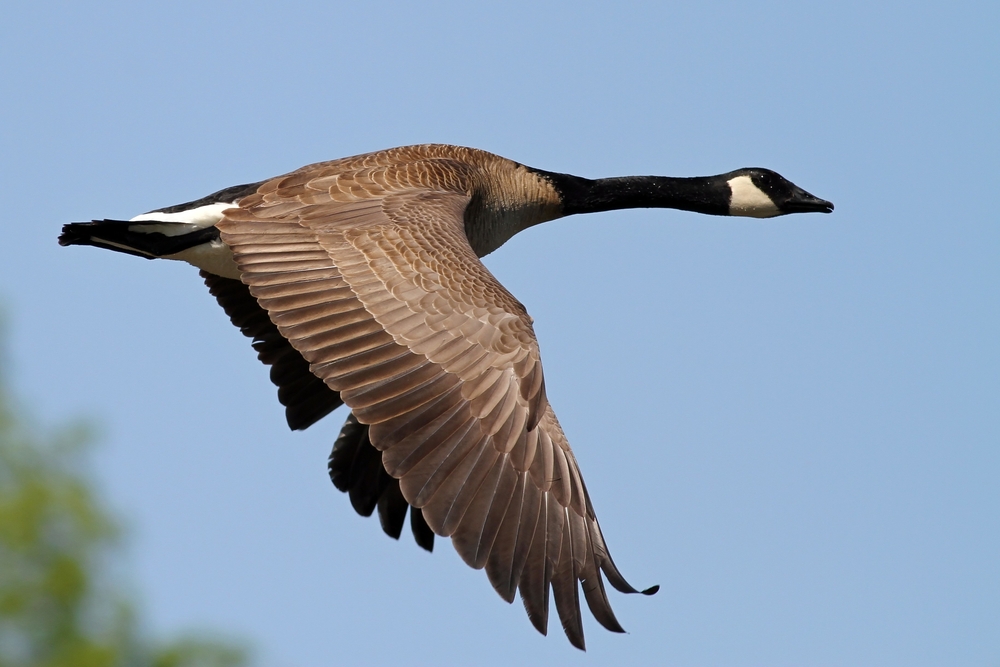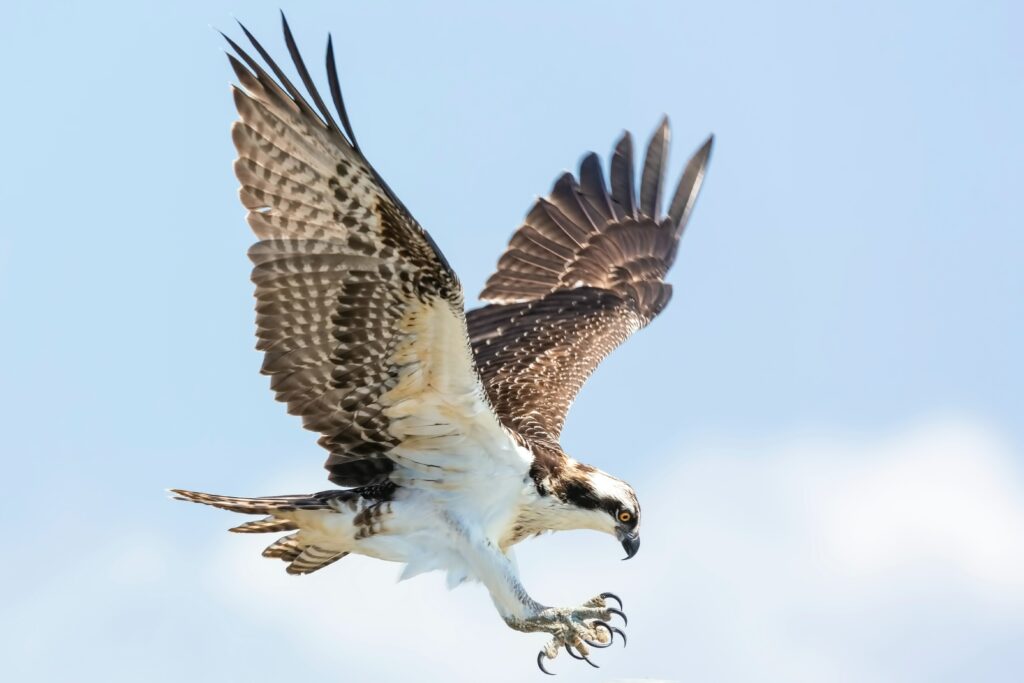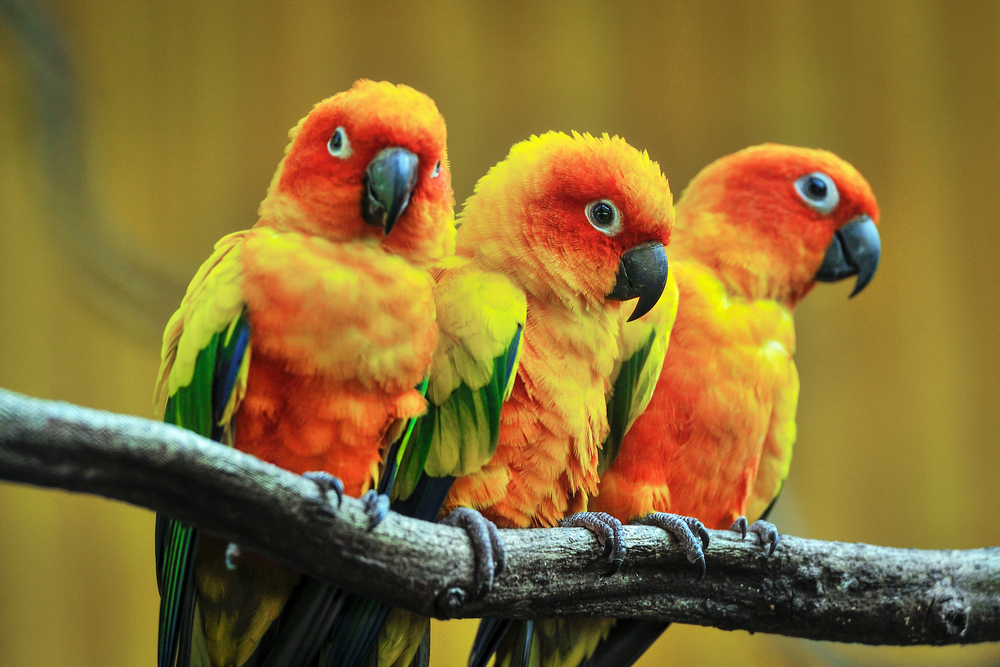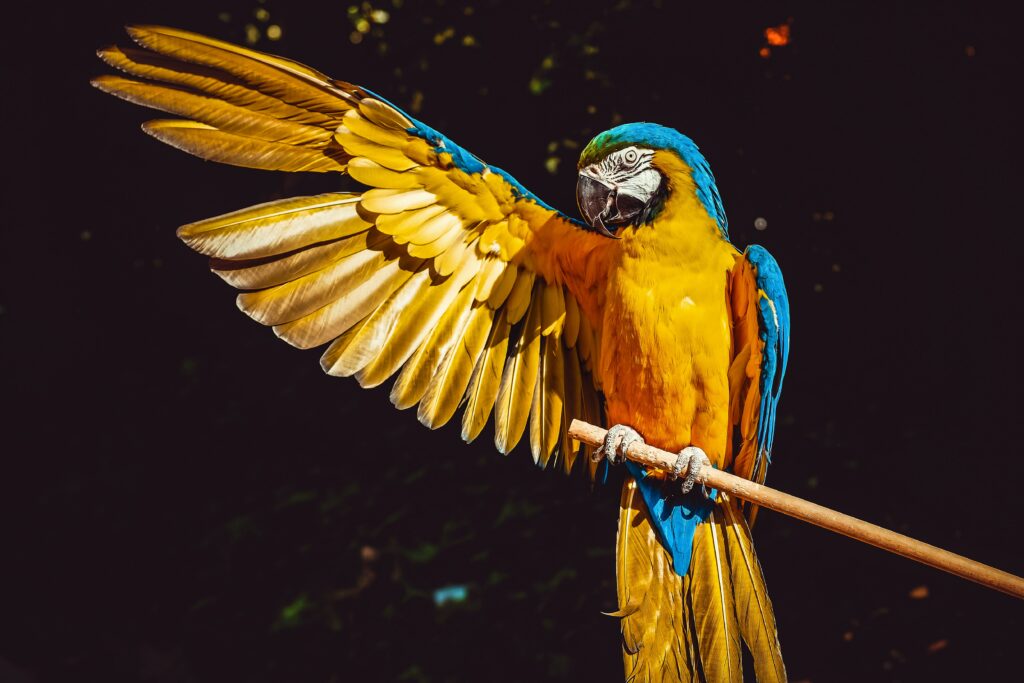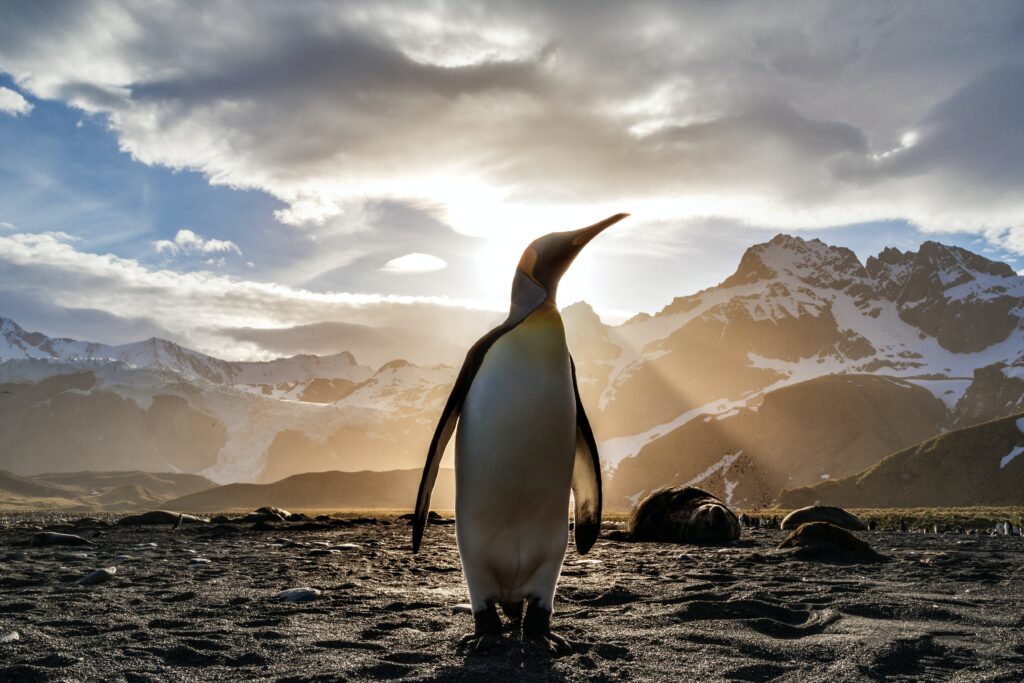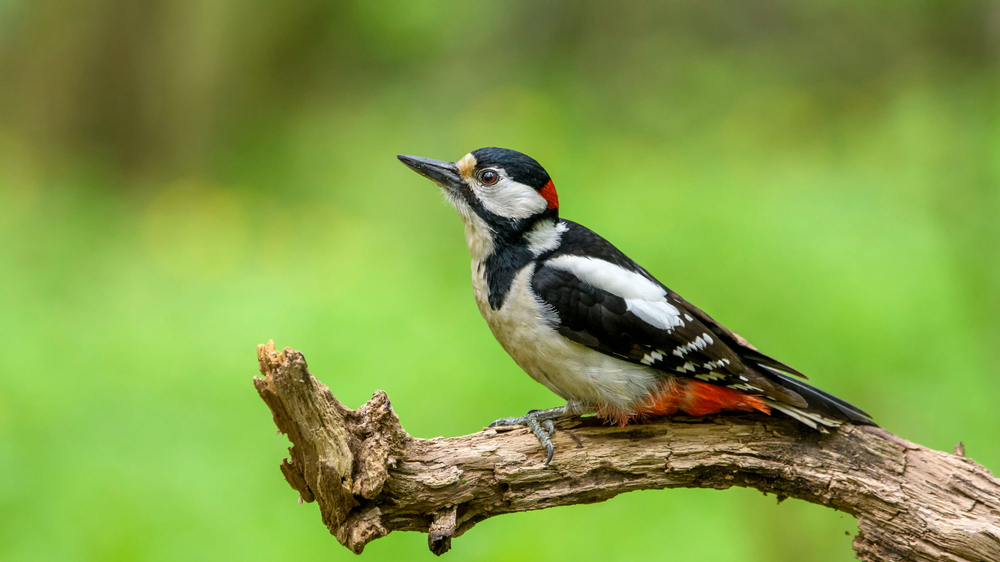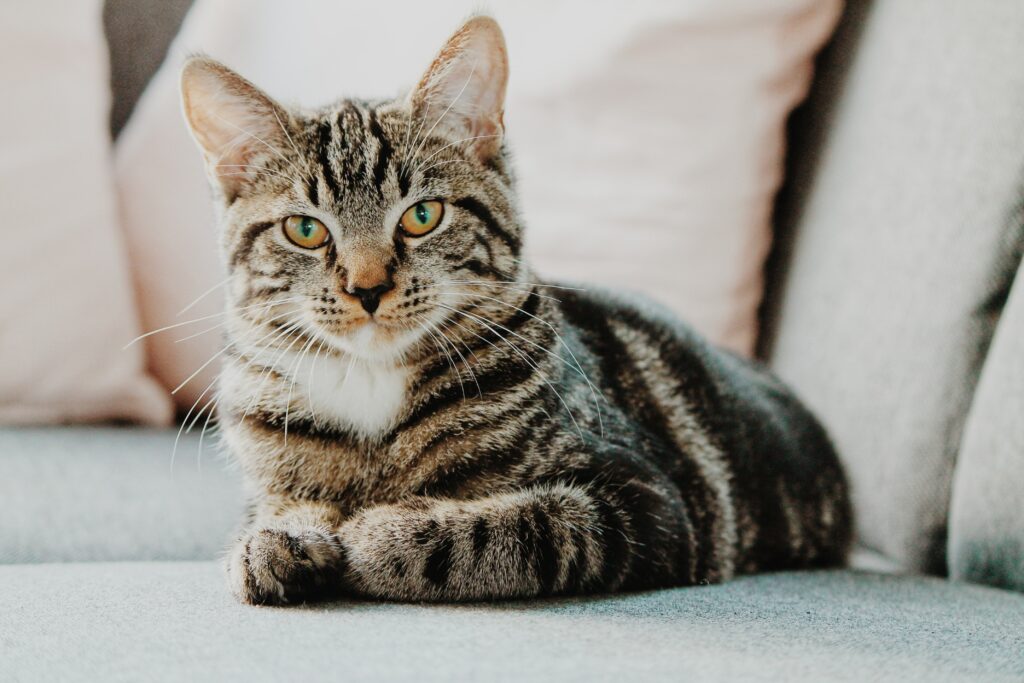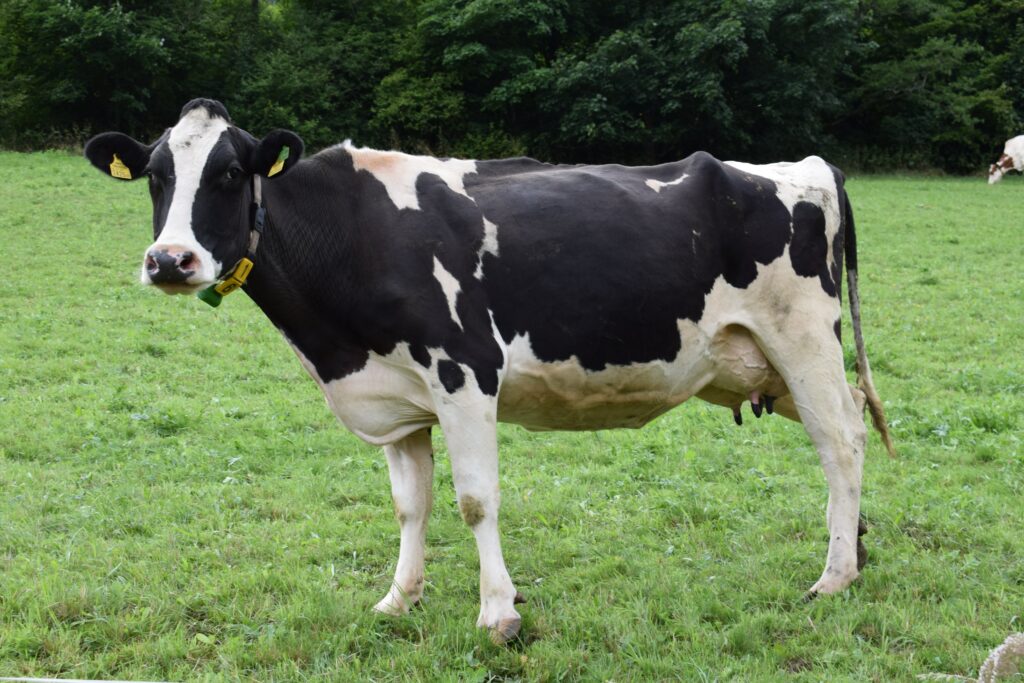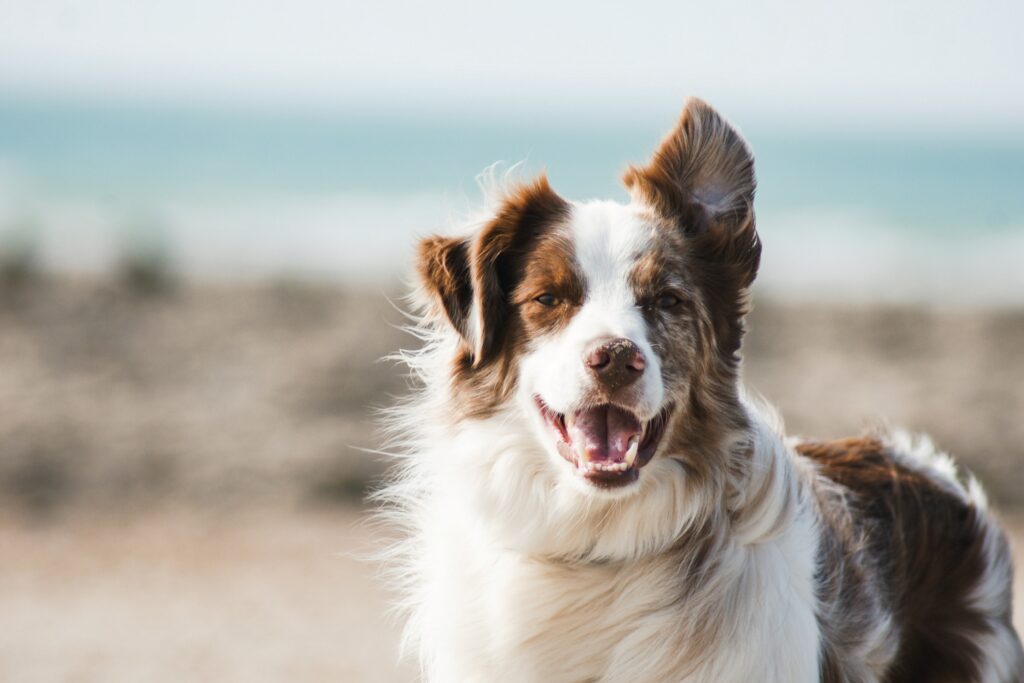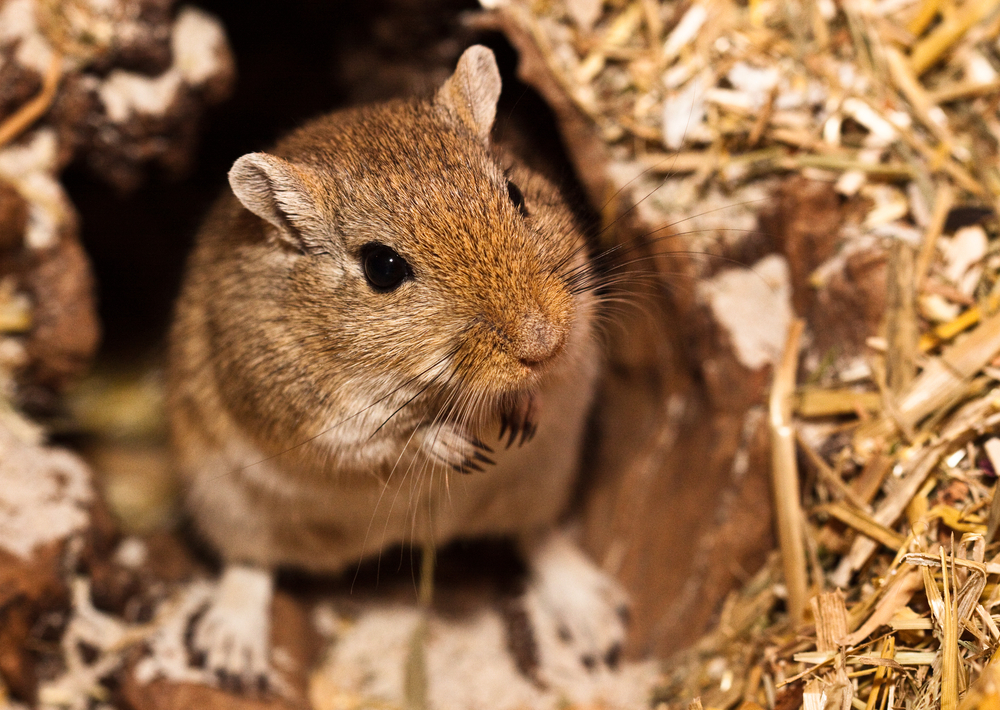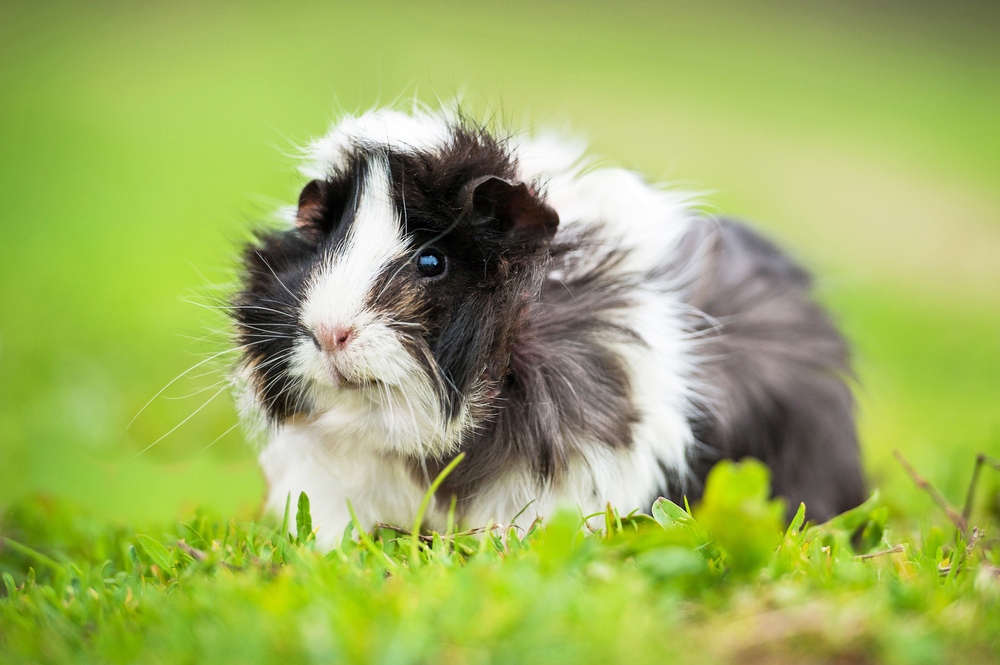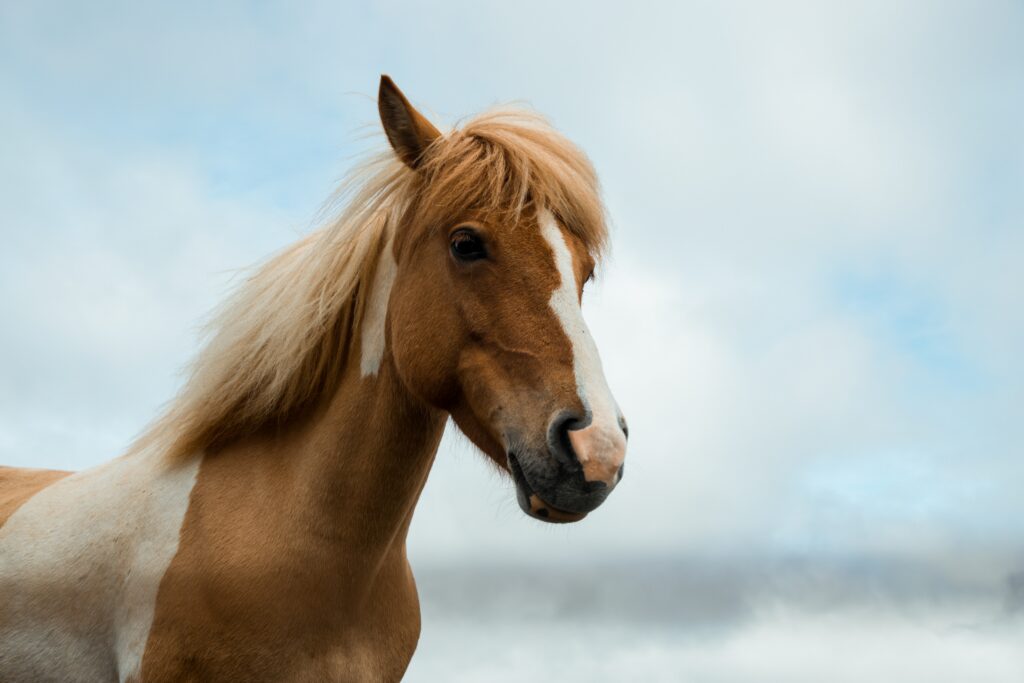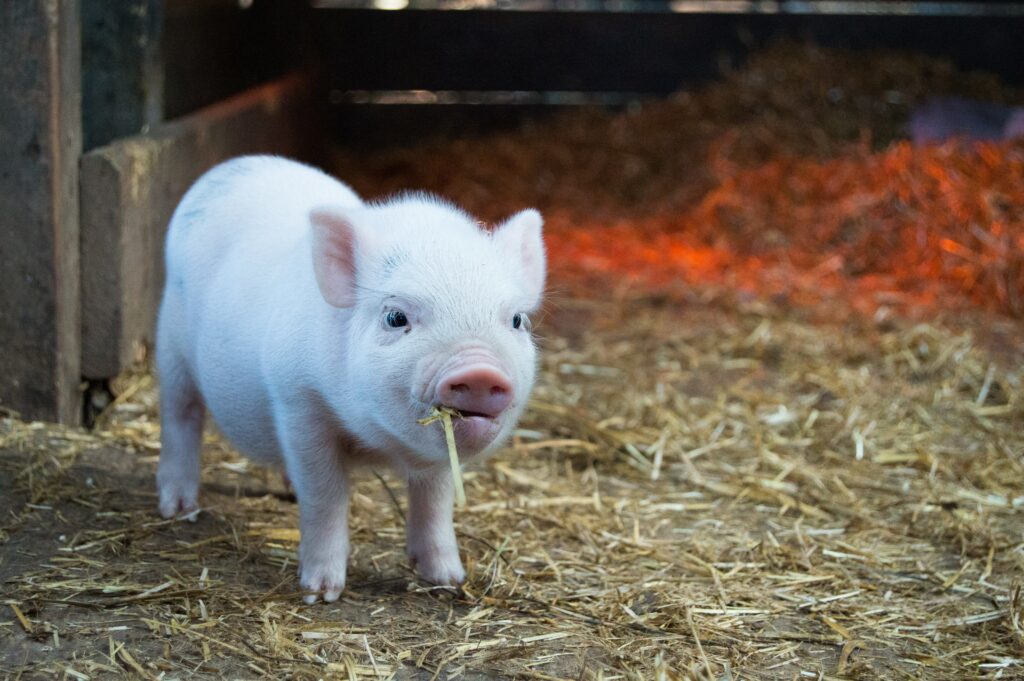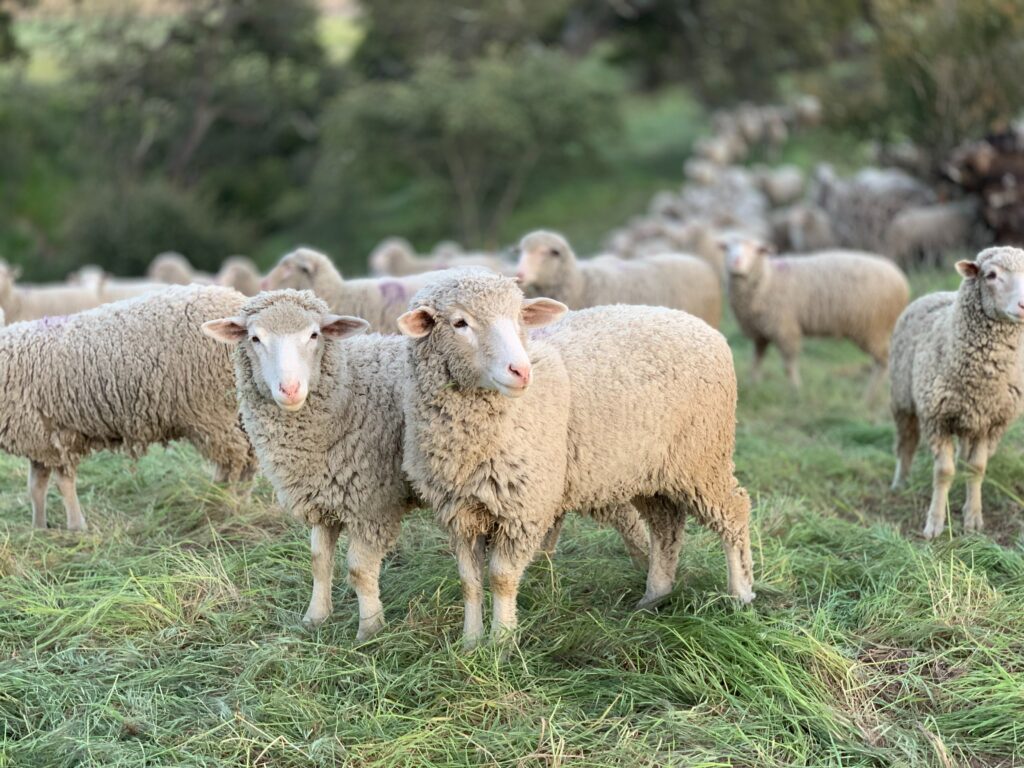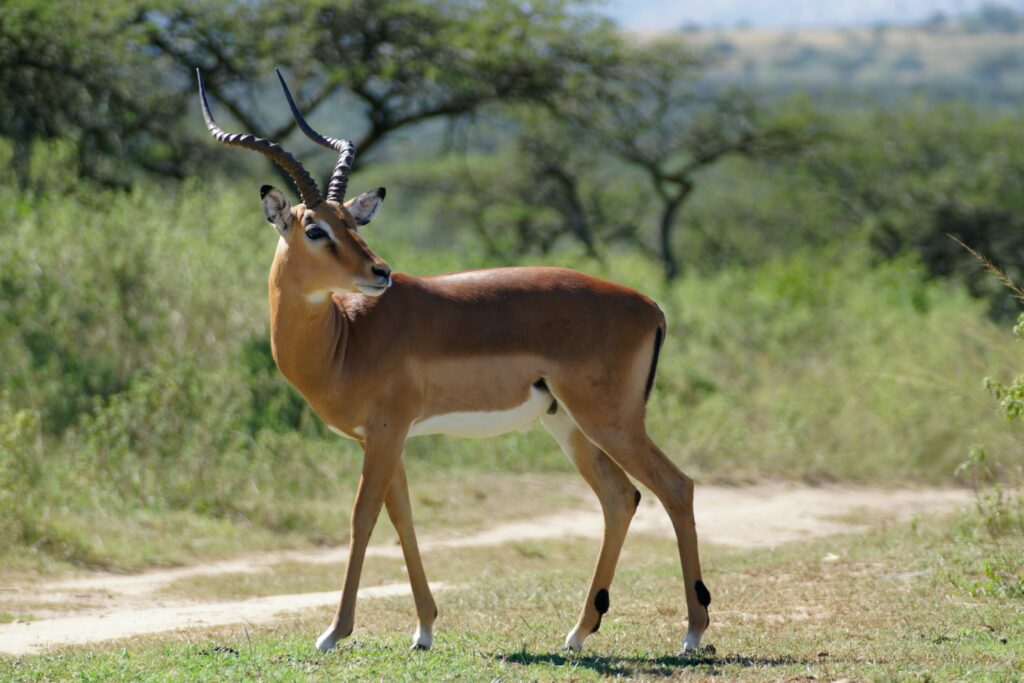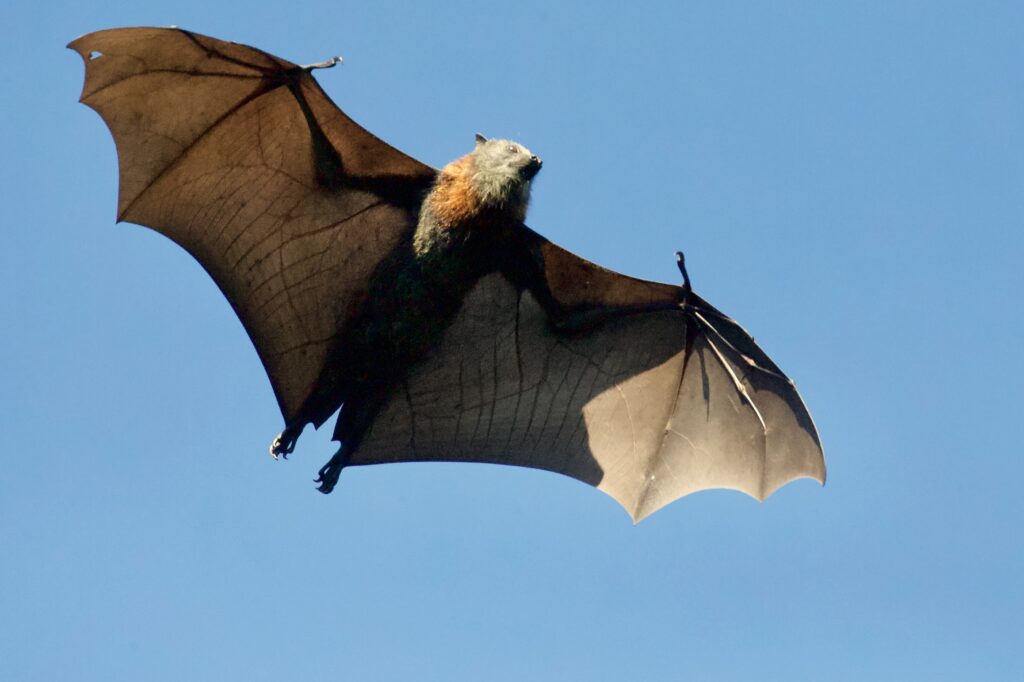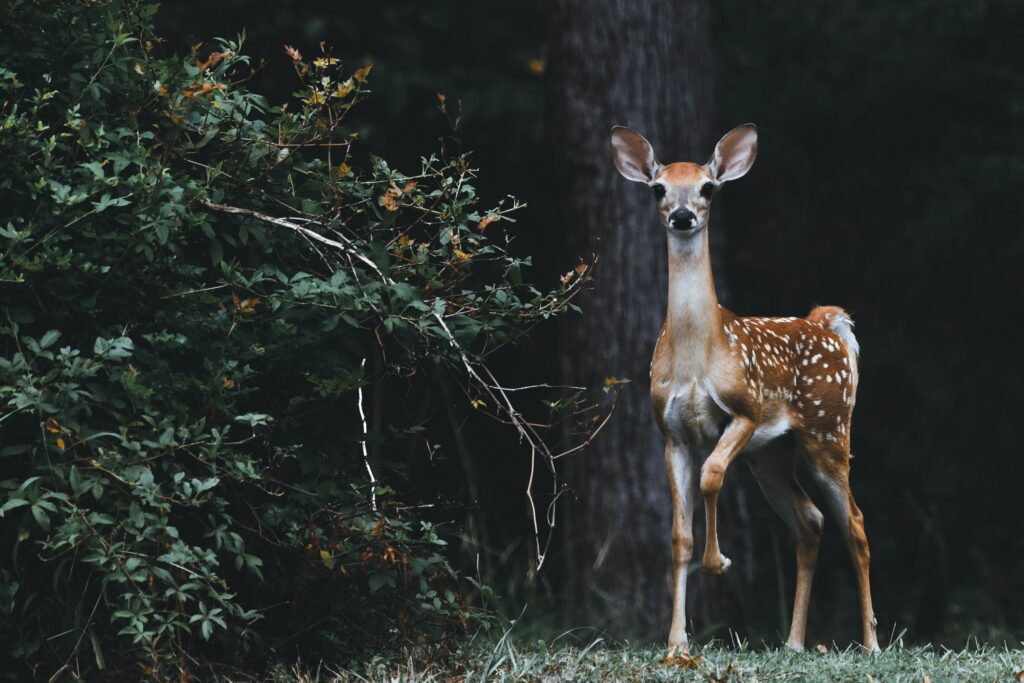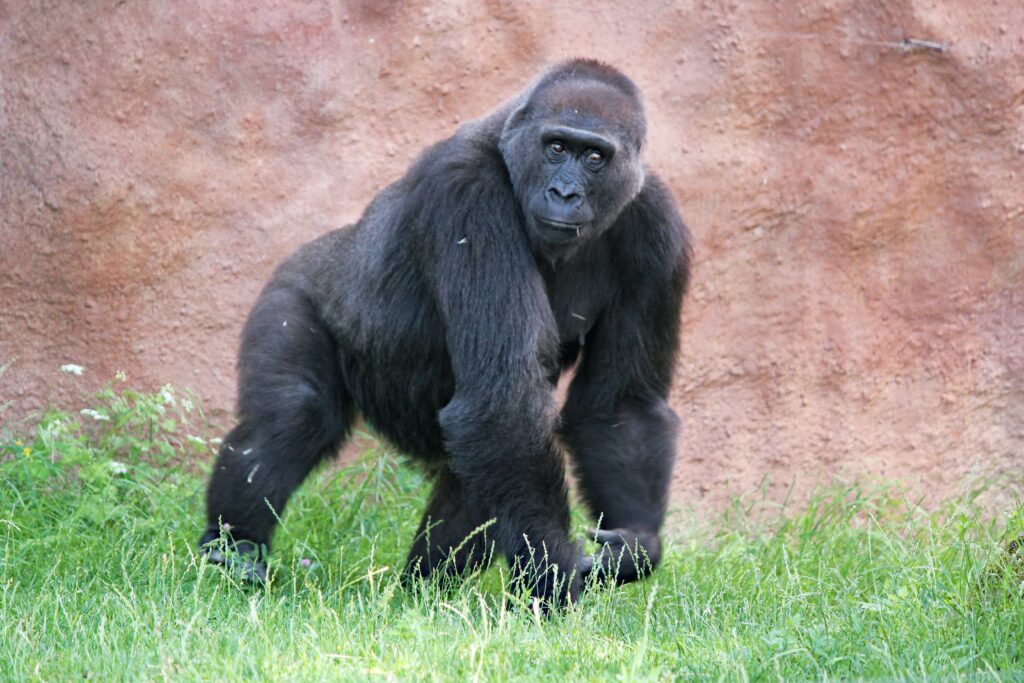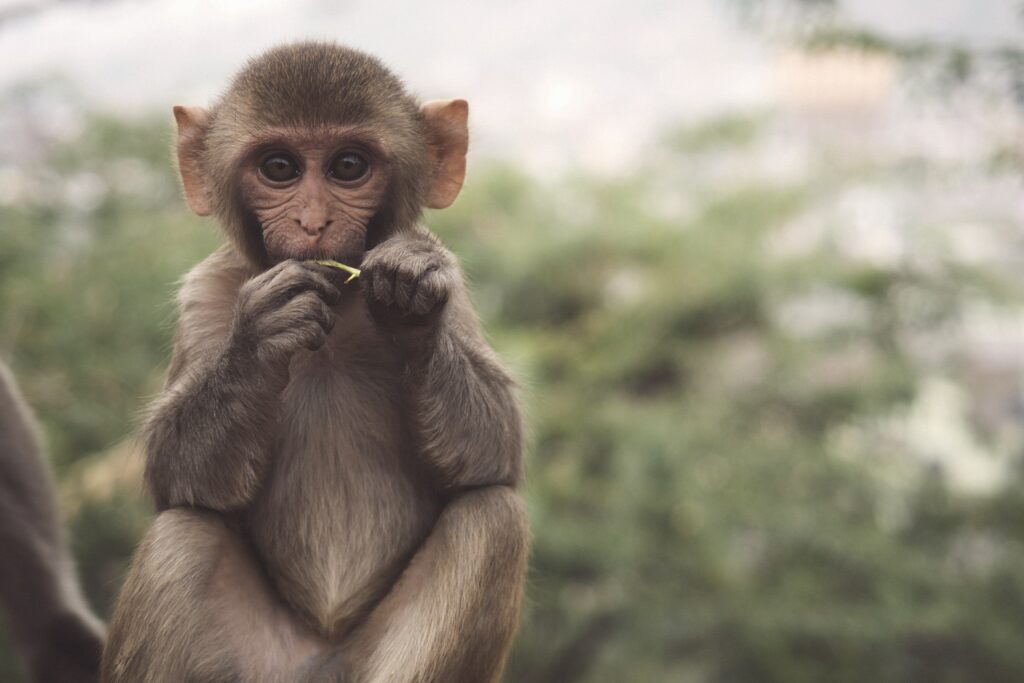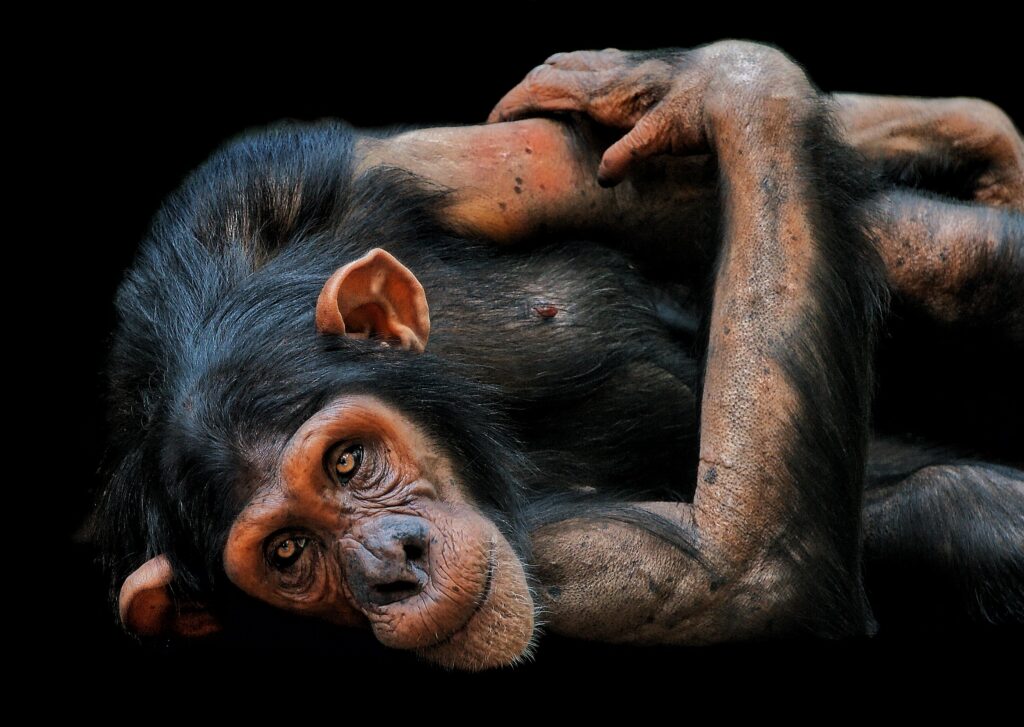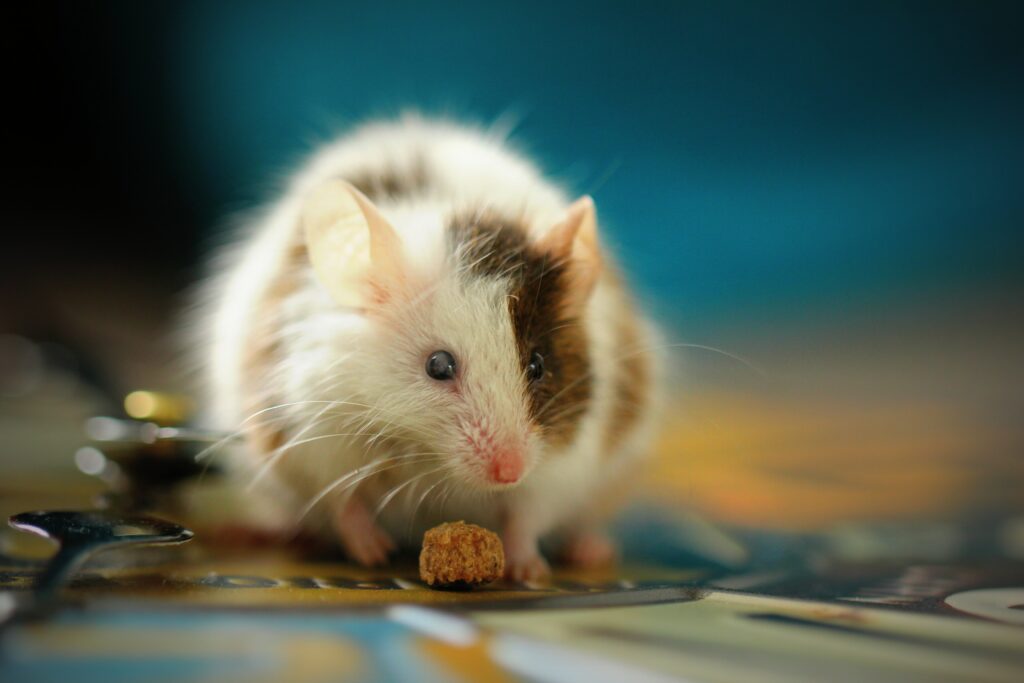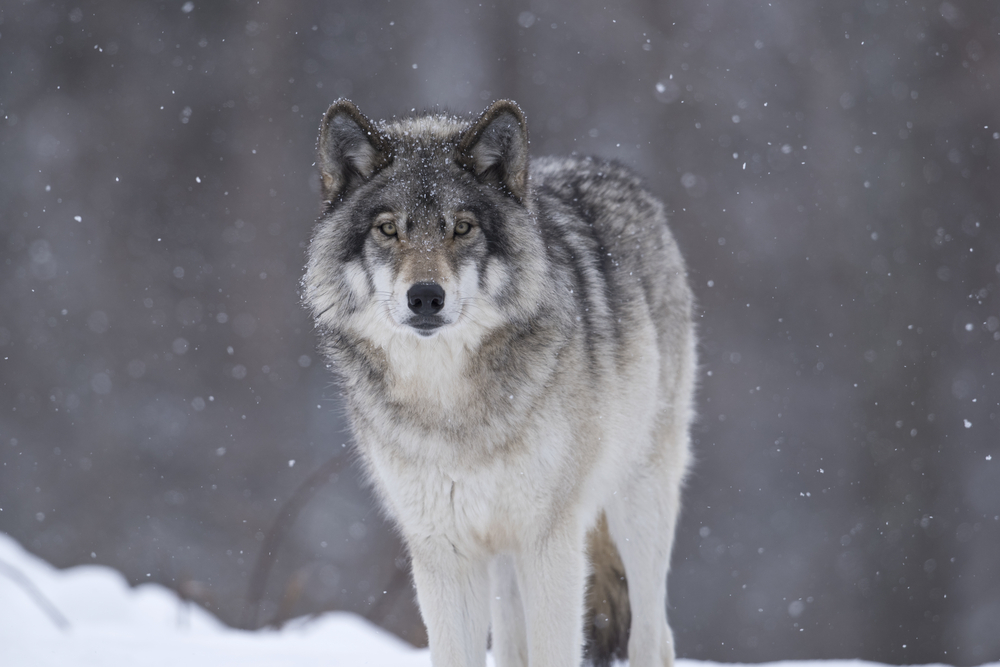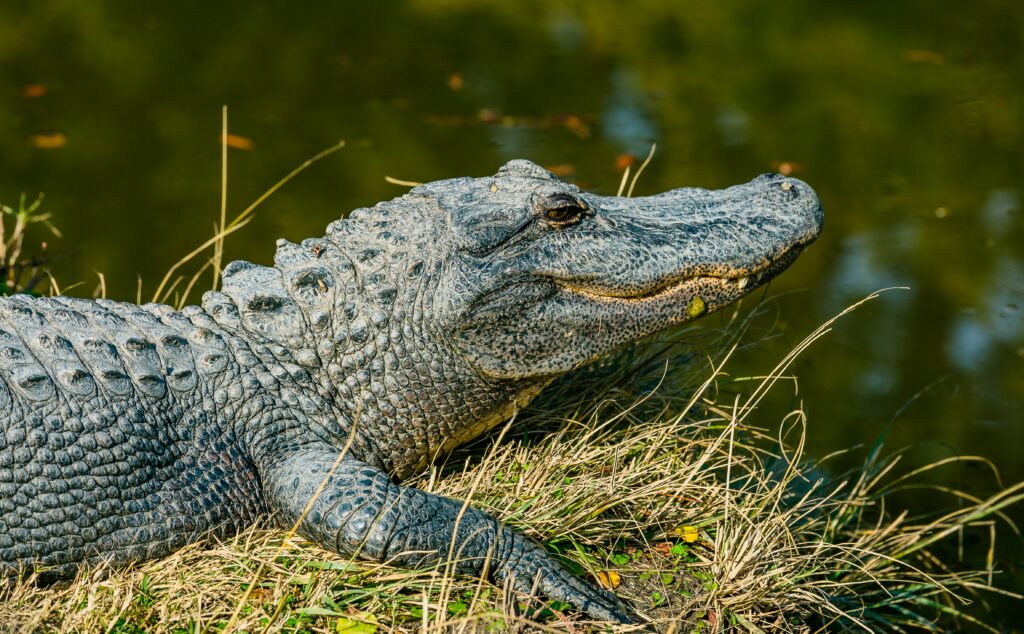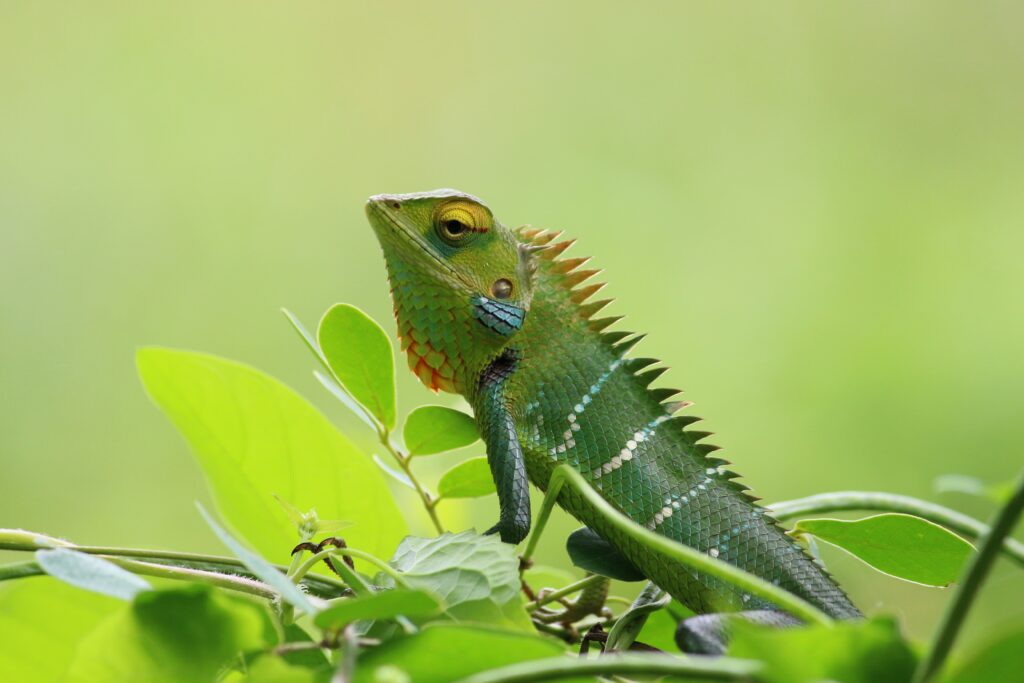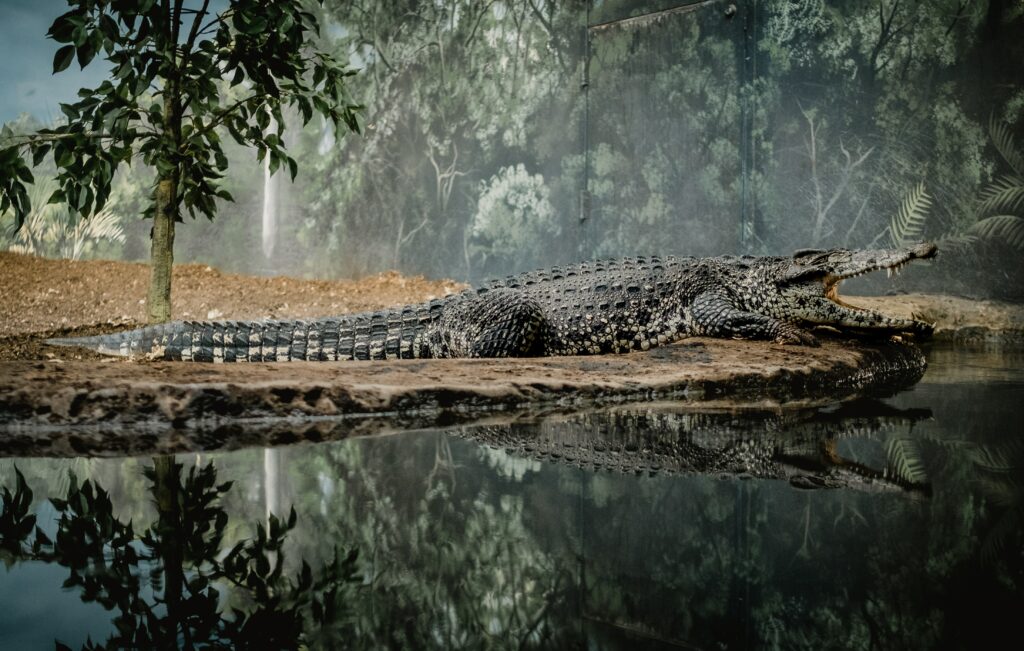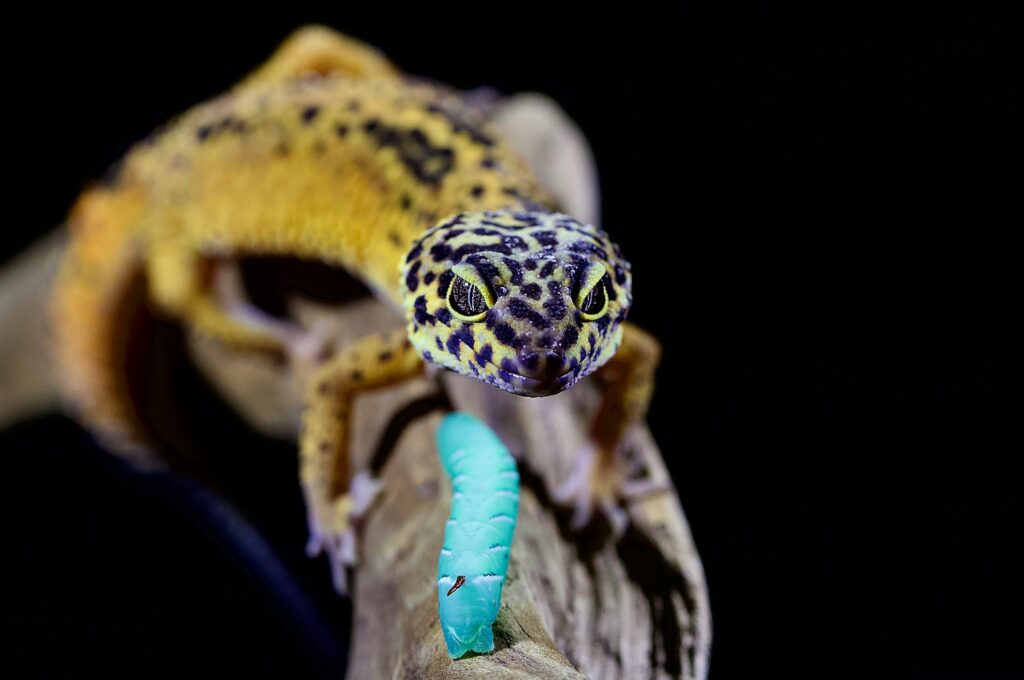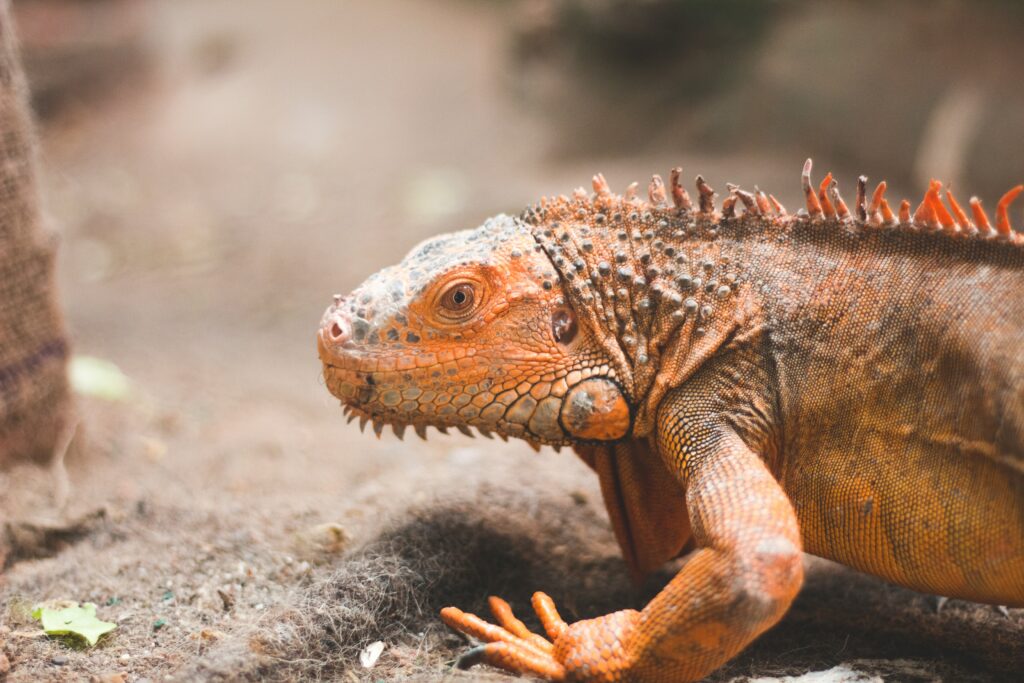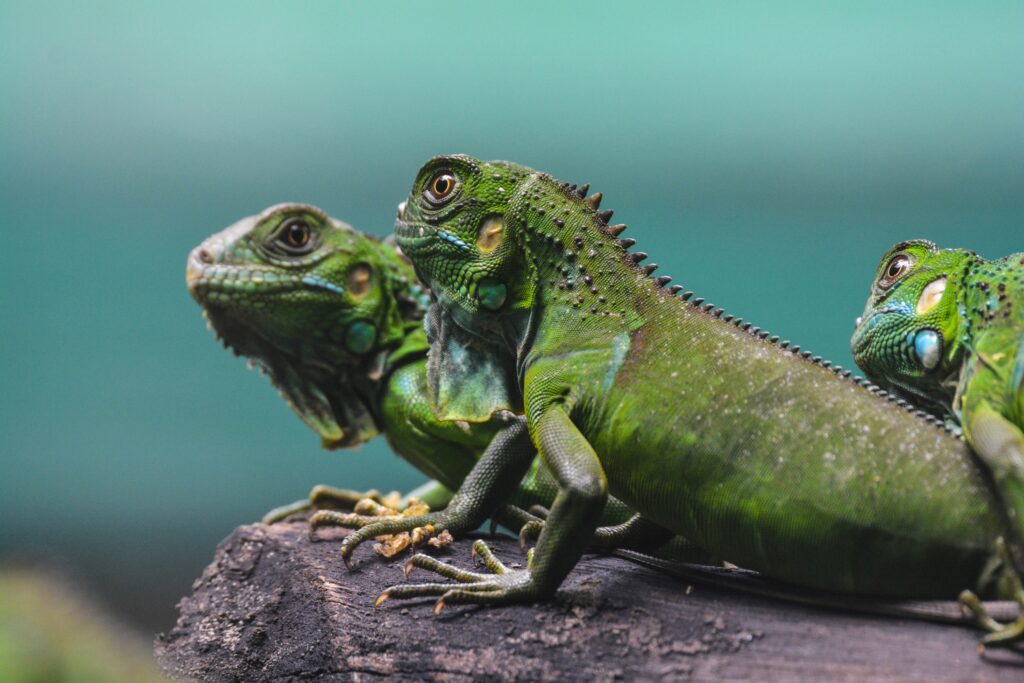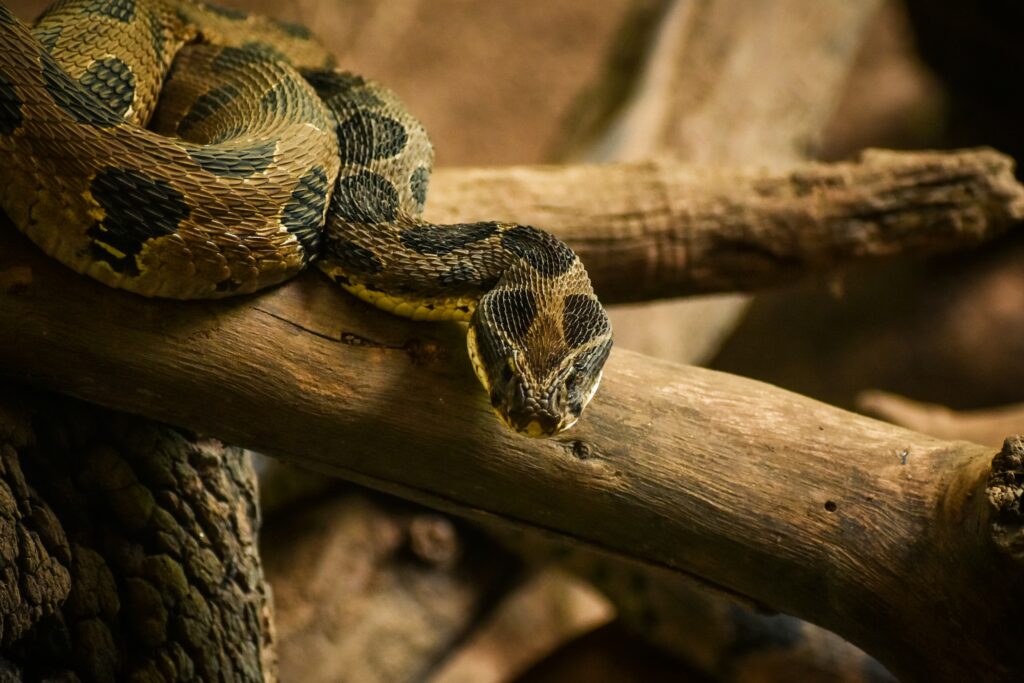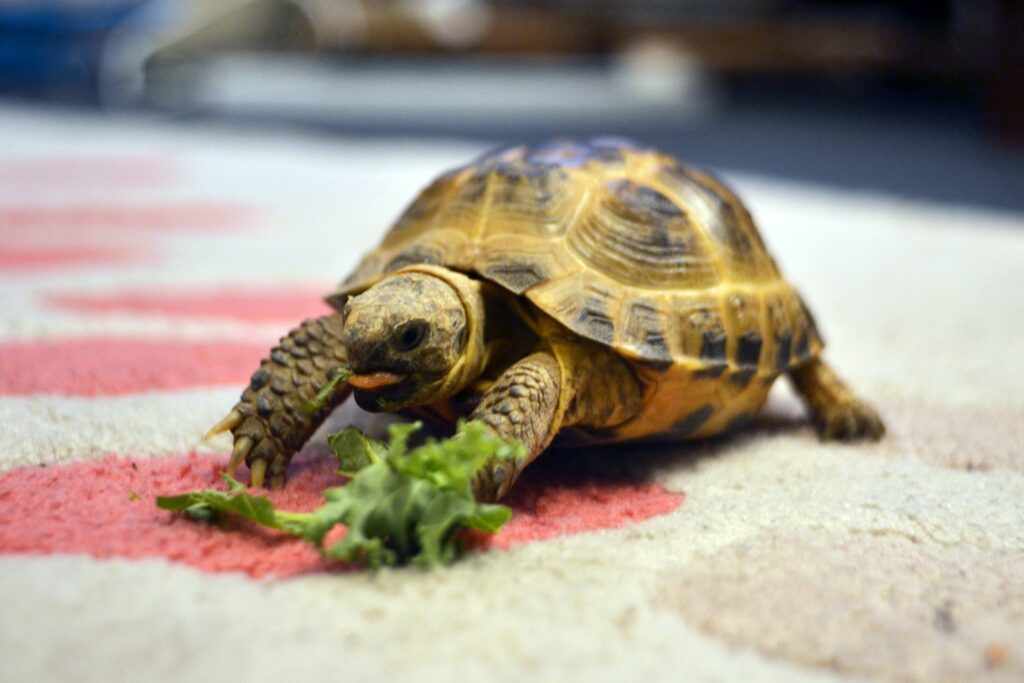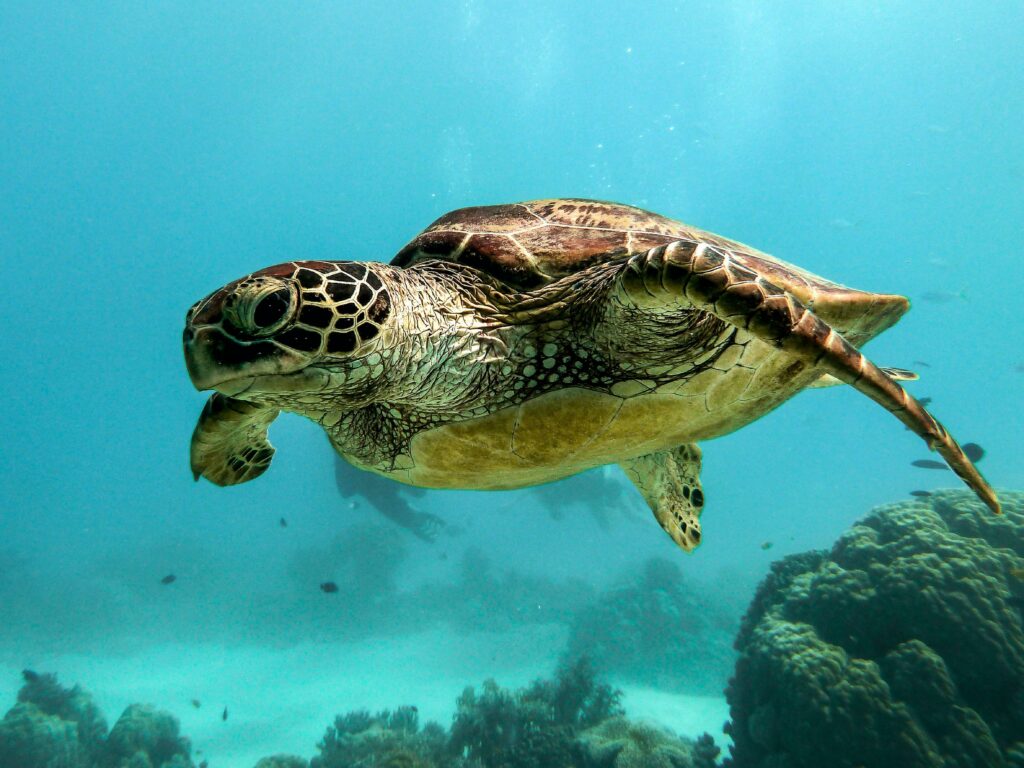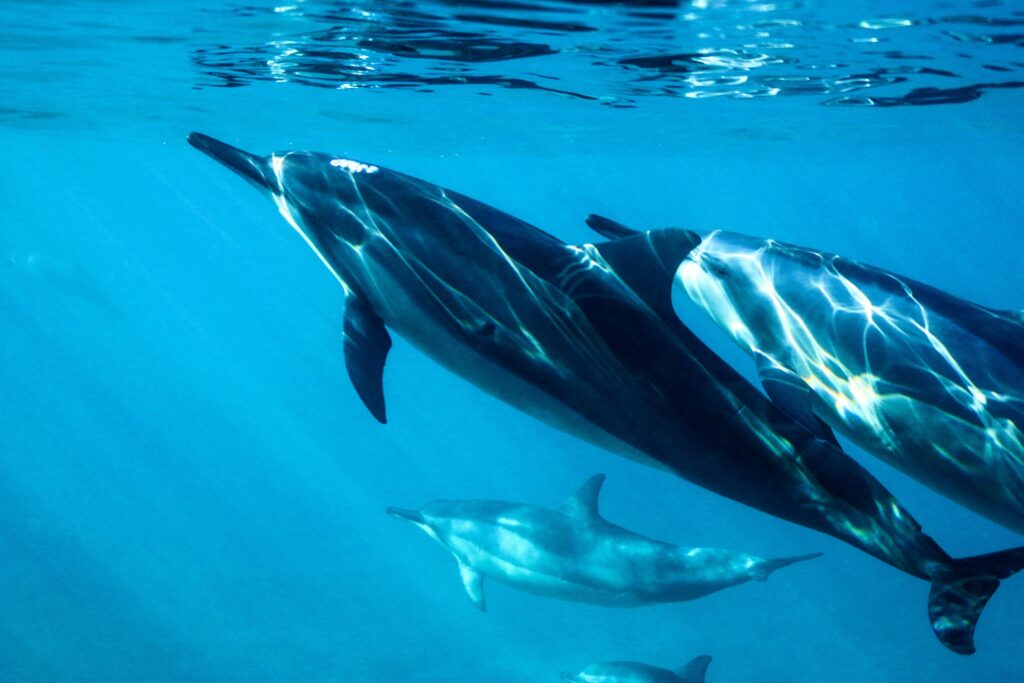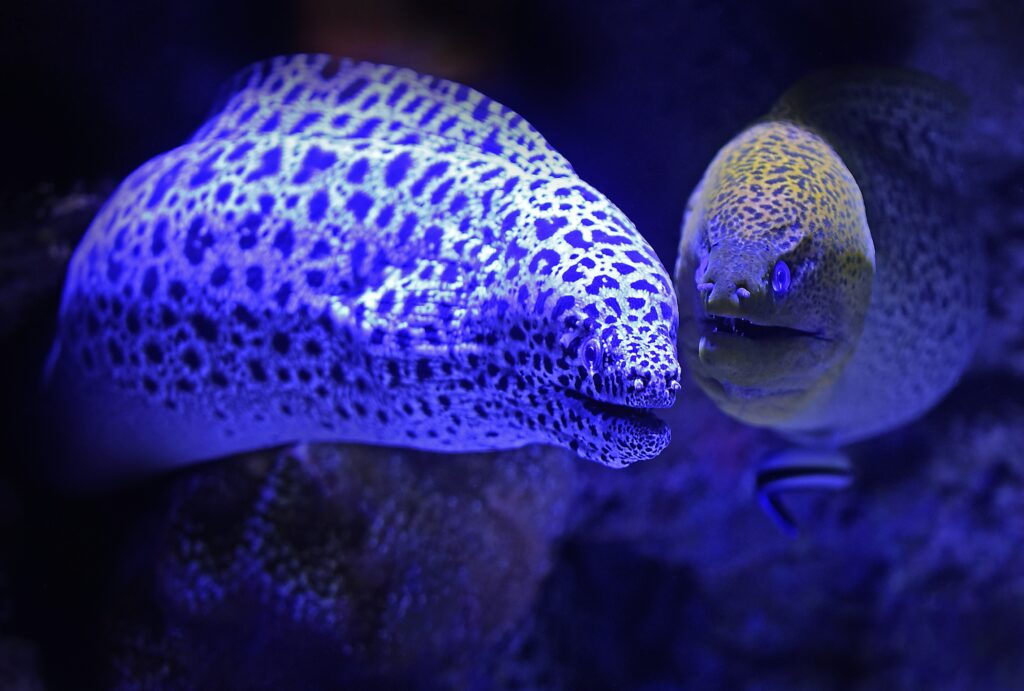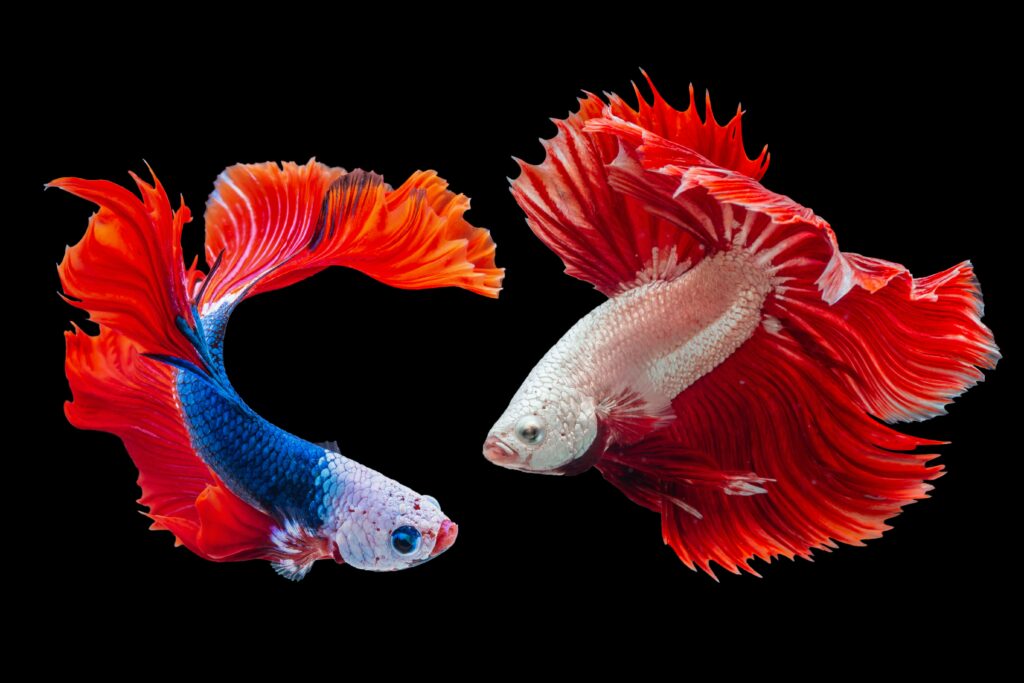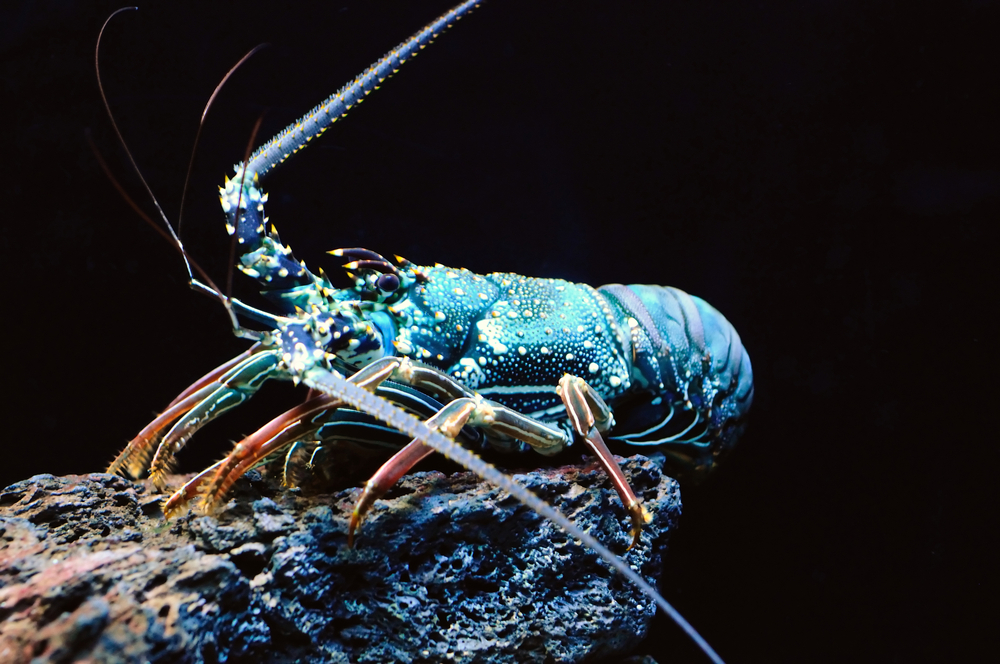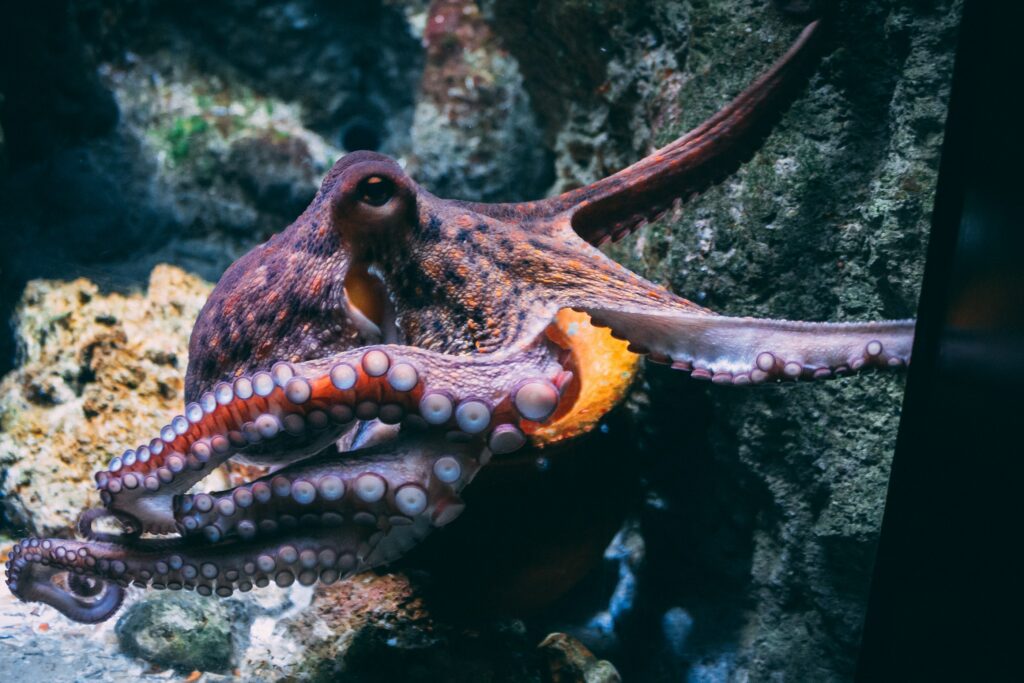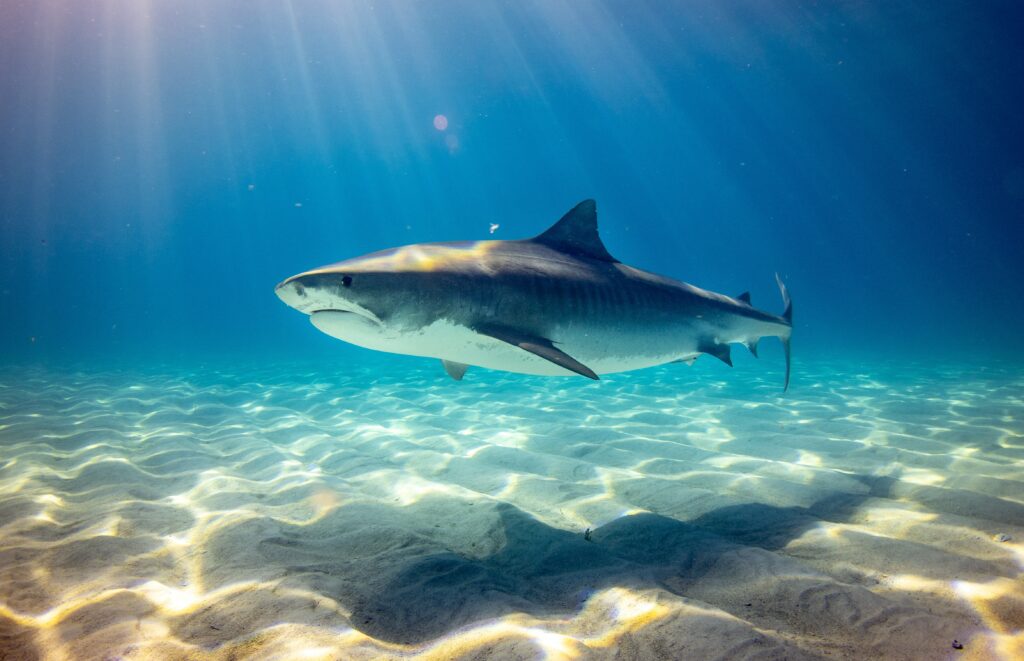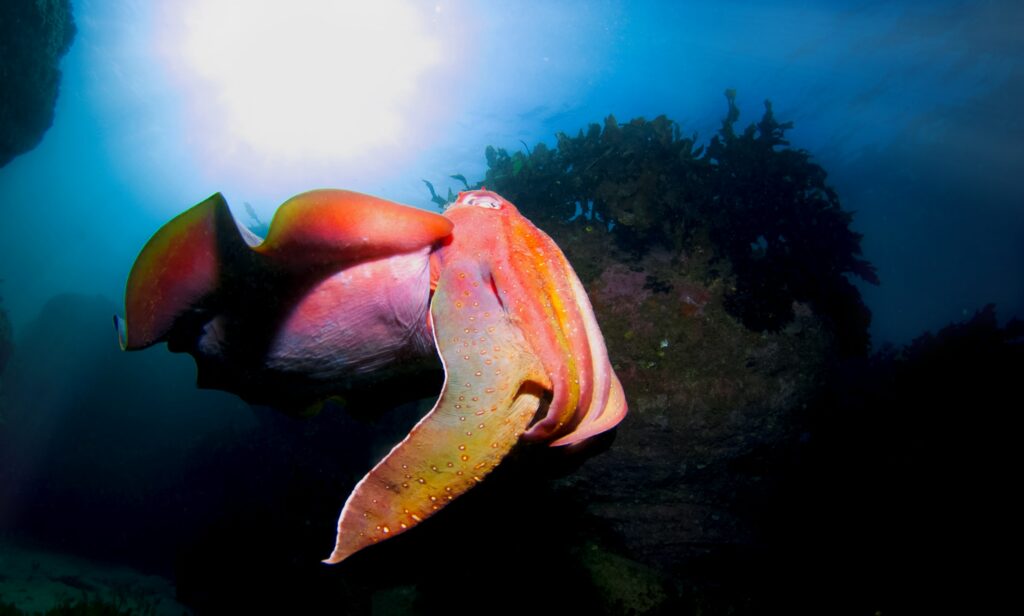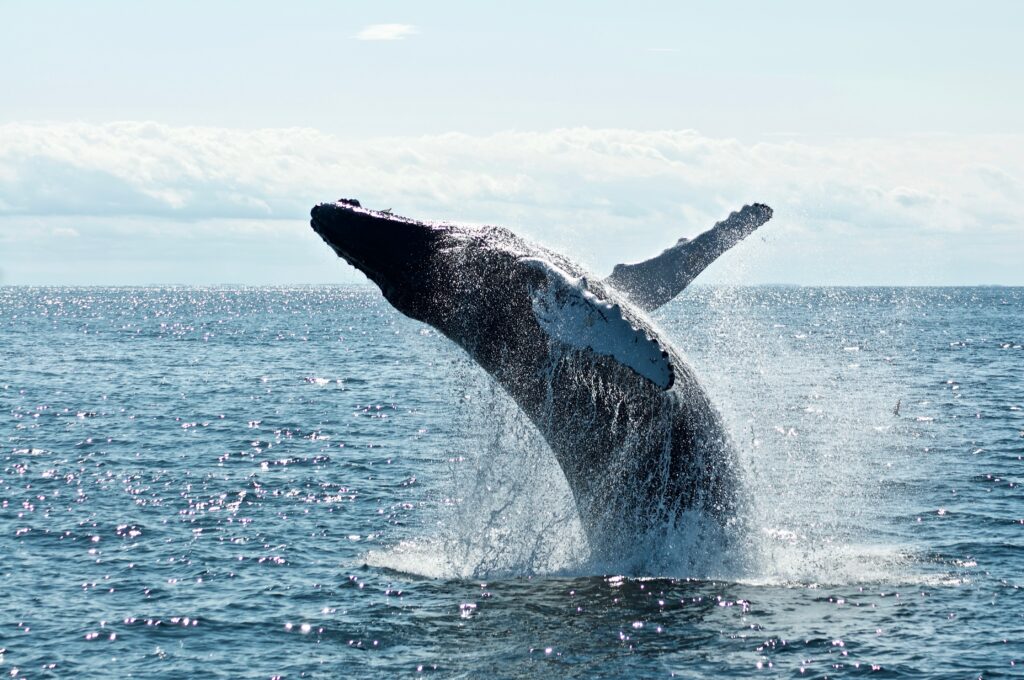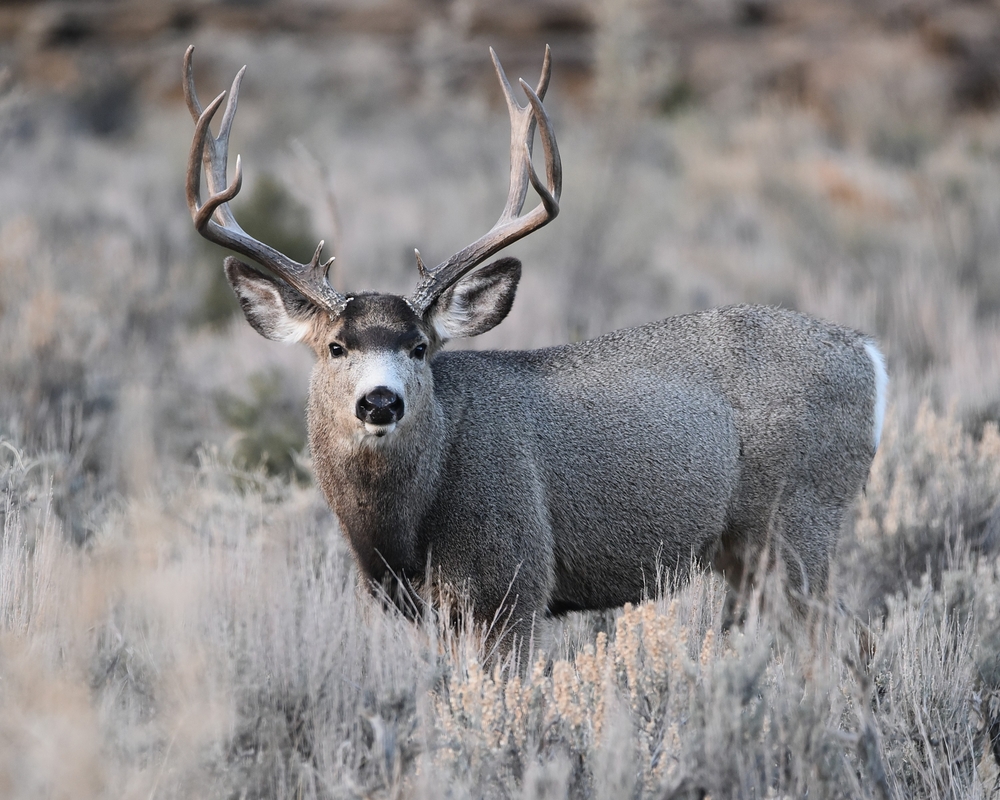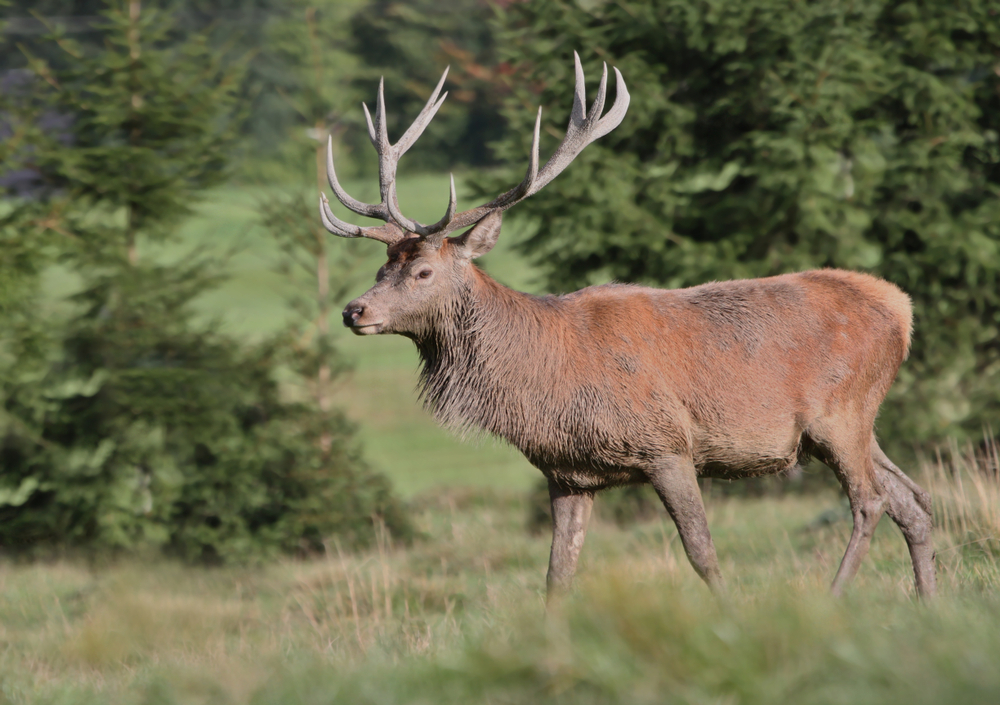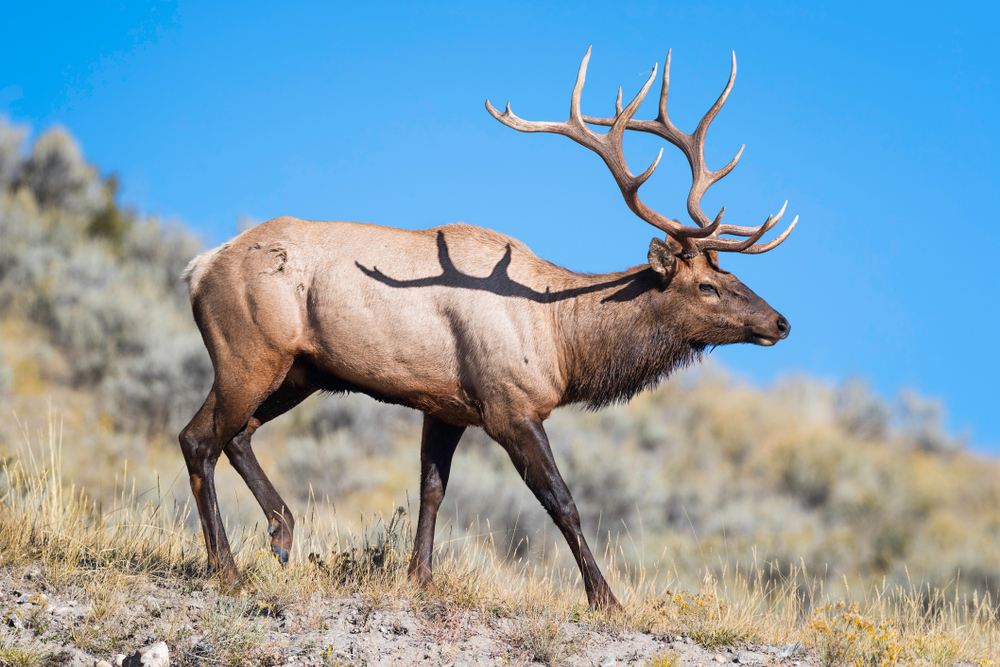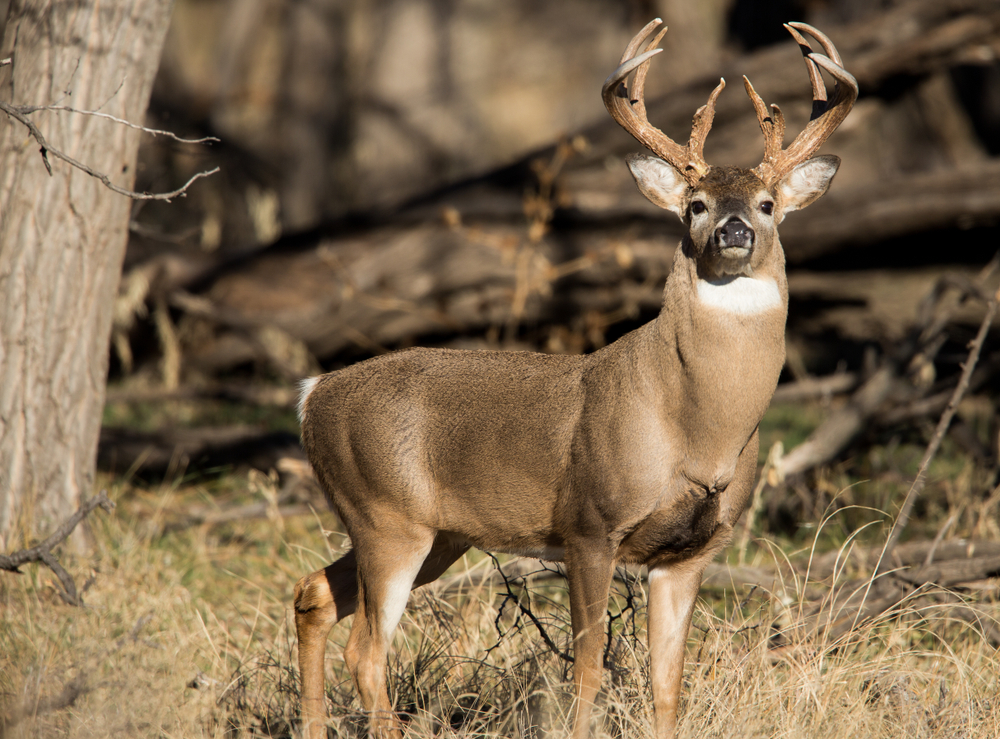Uniqueness
The Bawean Deer is a rare and highly distinctive member of the deer family, set apart by its island isolation, behavior, and conservation status. Endemic to Indonesia’s Bawean Island, it represents one of the most geographically restricted and critically endangered cervids in the world. Below is a structured overview in the style of the AK Uniqueness document:
Island Endemic:
The Bawean Deer is found only on Bawean Island, a small volcanic island in the Java Sea. Its extreme endemism makes it one of the few deer species limited to a single island, increasing both its ecological uniqueness and conservation urgency.
Critically Endangered Status:
With an estimated wild population of fewer than 300 individuals, it is classified as Critically Endangered by the IUCN. Its survival depends on careful habitat protection, invasive species control, and genetic conservation.
“Hog-Like” Posture:
One of its most distinctive physical features is its hog-like gait and body posture, due to its relatively long hind legs and sloping back. This adaptation aids movement through dense vegetation and is the origin of its alternate name, “Kuhl’s hog deer.”
Elusive and Solitary Nature:
Bawean Deer are exceptionally shy and elusive, more so than other Axis species. They are typically solitary or found in small maternal units, rarely forming larger groups. This behavioral trait makes field observation and population surveys extremely challenging.
Nocturnal and Crepuscular Activity:
While many deer species are diurnal or crepuscular, the Bawean Deer is primarily crepuscular to nocturnal, likely an adaptation to avoid detection by humans and predators.
Reduced Sexual Dimorphism:
Compared to mainland relatives, Bawean Deer show relatively modest sexual dimorphism. Males do have antlers and are slightly larger, but the difference is not as pronounced, possibly due to resource limitations on the island.
Silent Species:
This species is notably quiet, lacking the loud vocalizations common to some other deer. Communication is likely limited to soft grunts or postural signals, reducing detection risk in its dense forest habitat.
Cultural and Ecological Significance:
Locally called “Rusa Bawean” or “Menjangan Bawean,” the species is a symbol of Bawean’s natural heritage. As the island’s only native deer, it plays a vital role in seed dispersion and forest health.
The Bawean Deer’s evolutionary isolation, specialized behavior, and critical conservation status make it one of the world’s most unique and vulnerable deer species. Its story underscores the delicate balance of island ecosystems and the global importance of conserving biodiversity hotspots.

